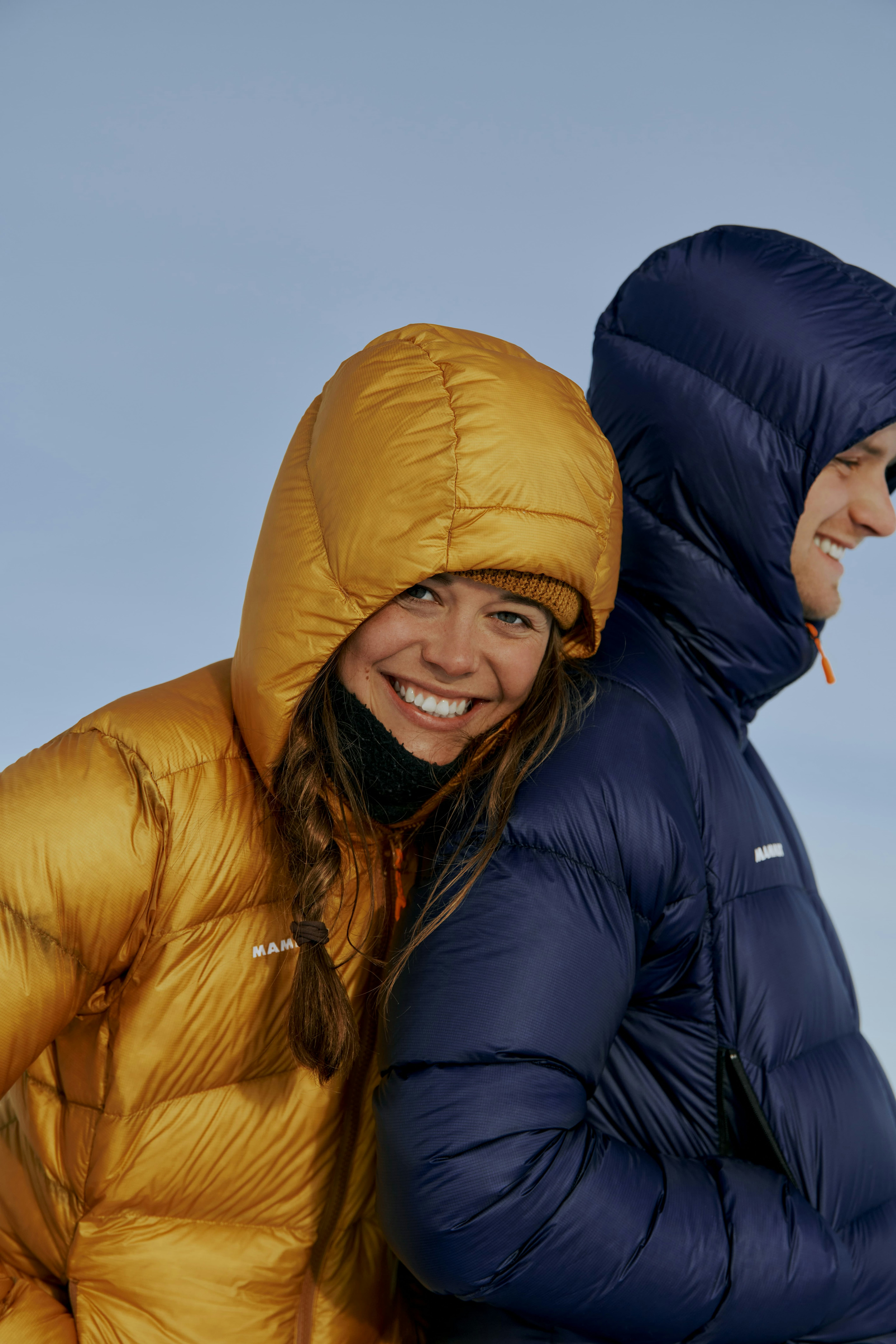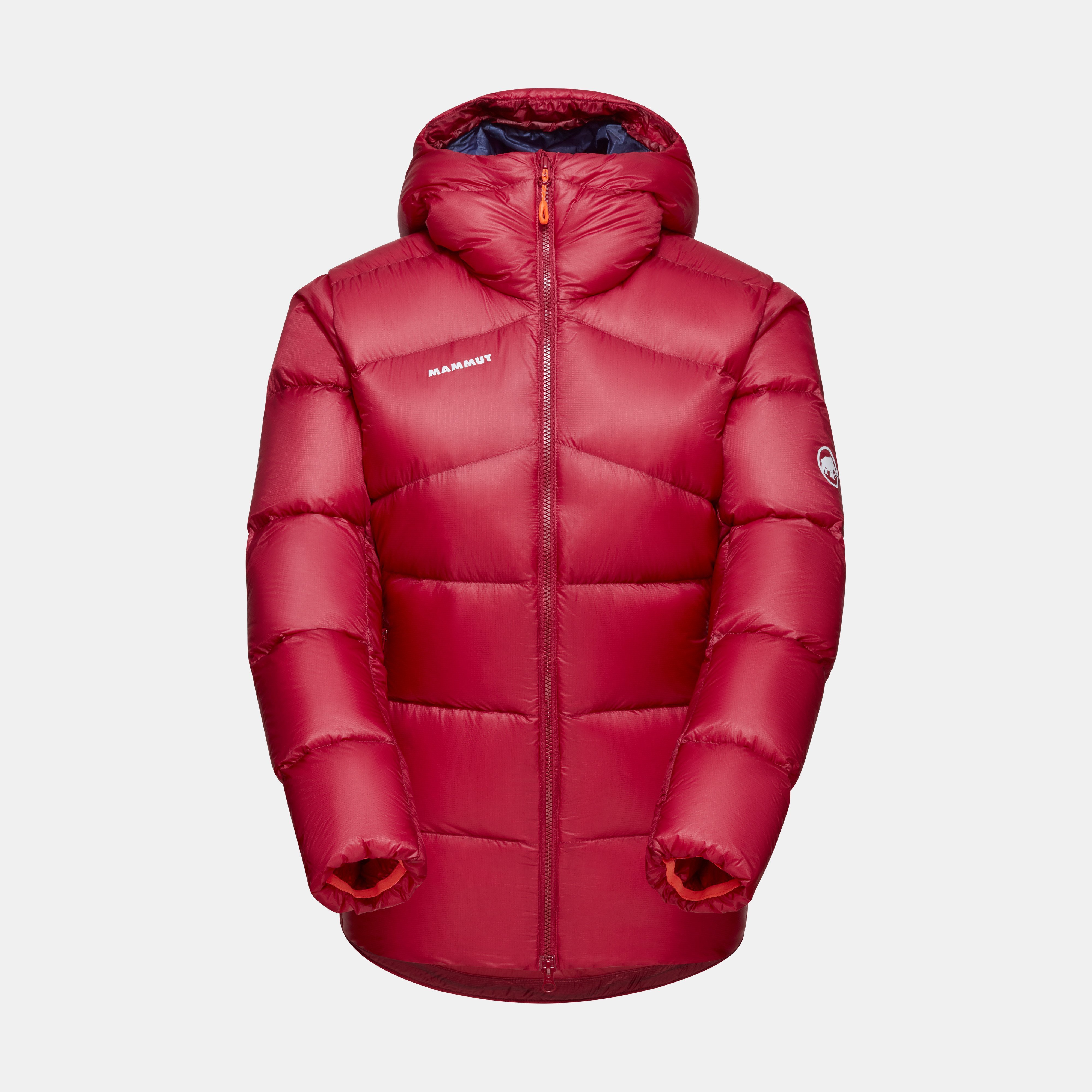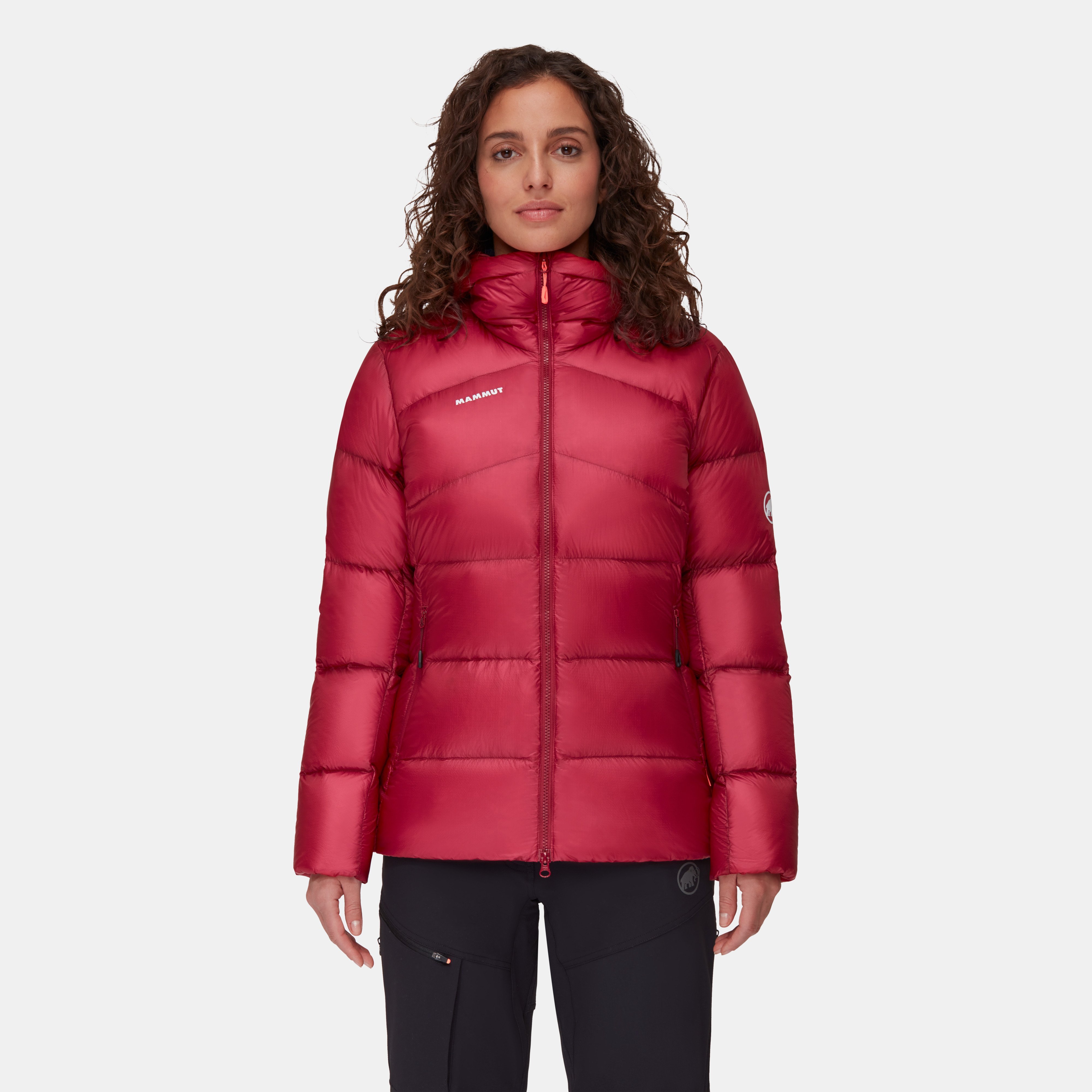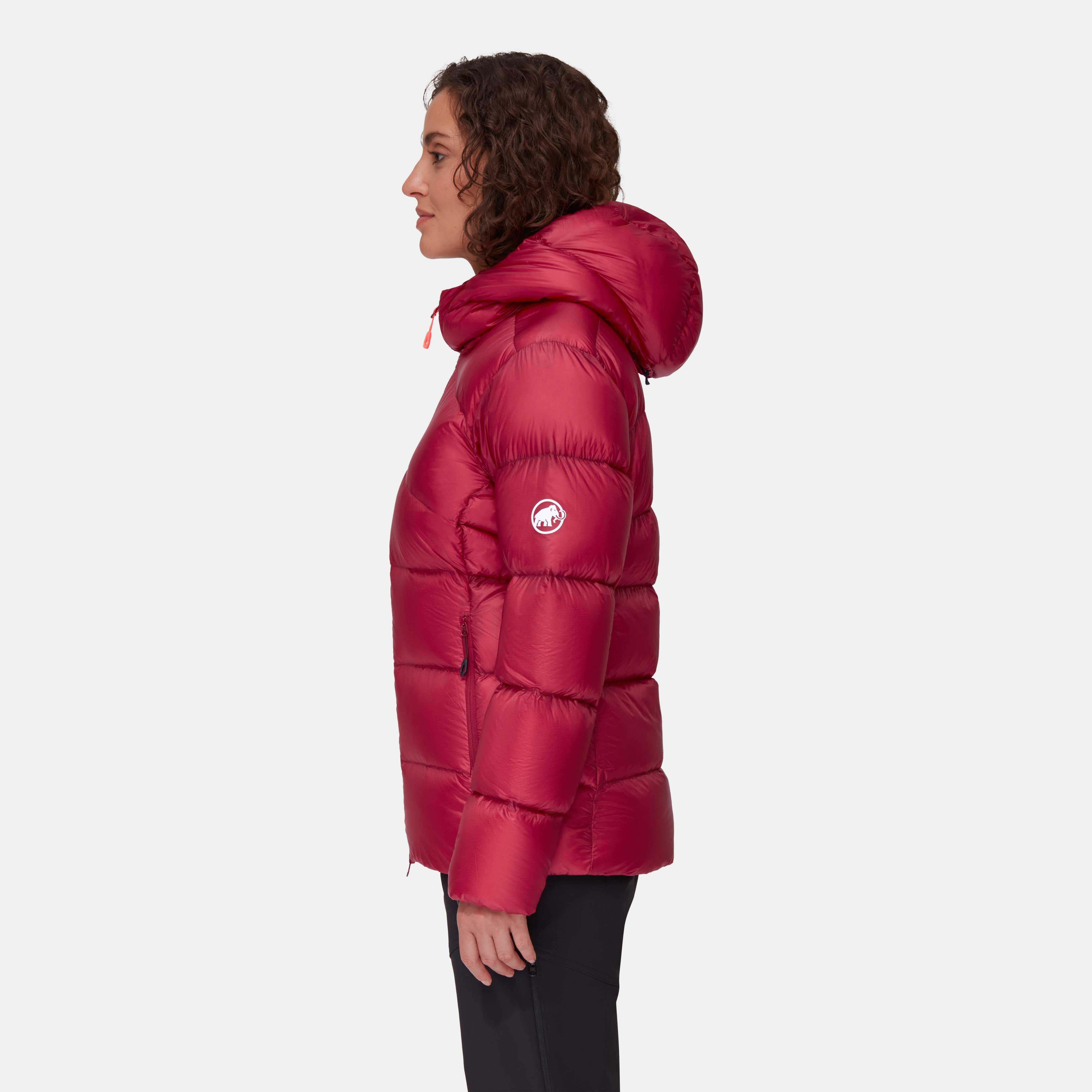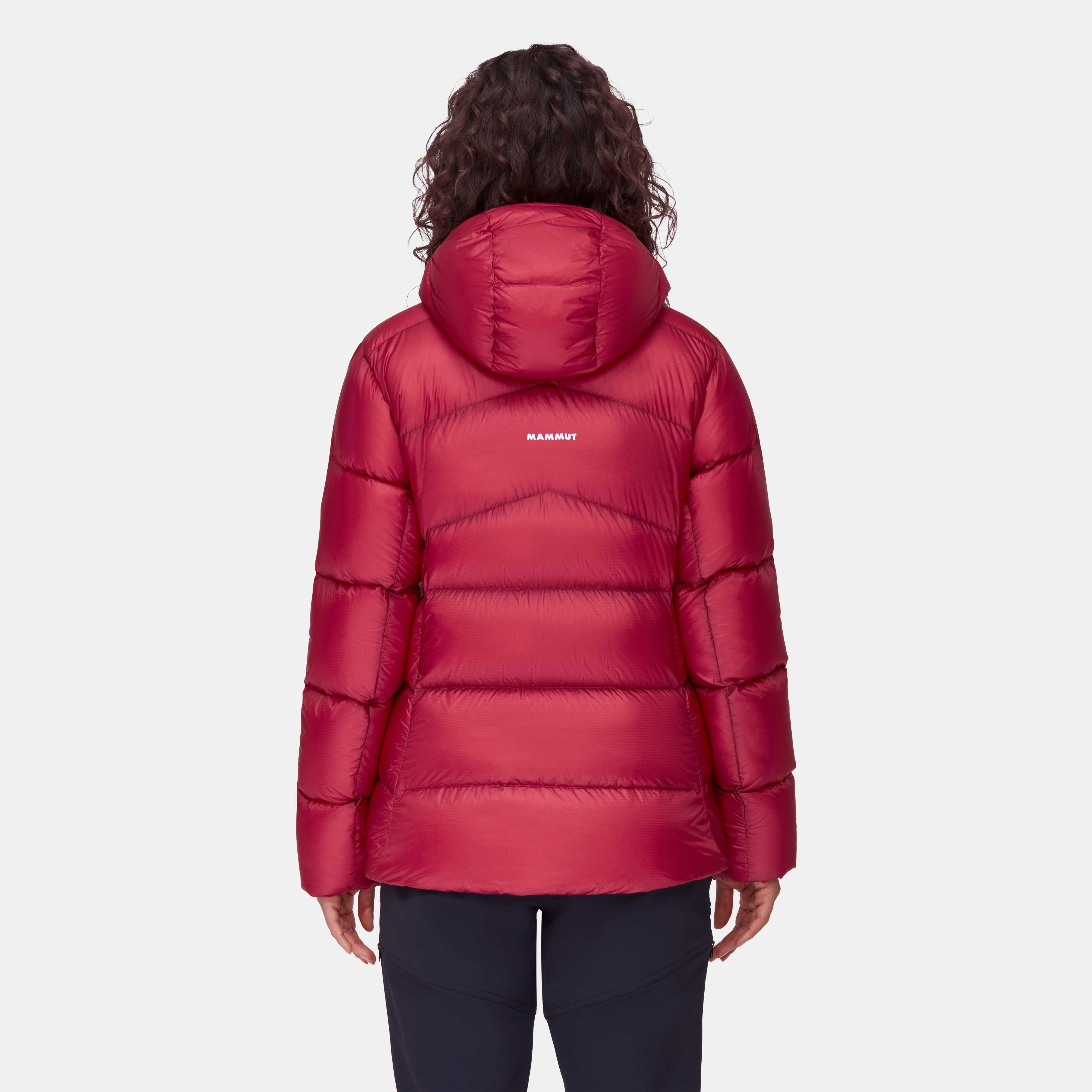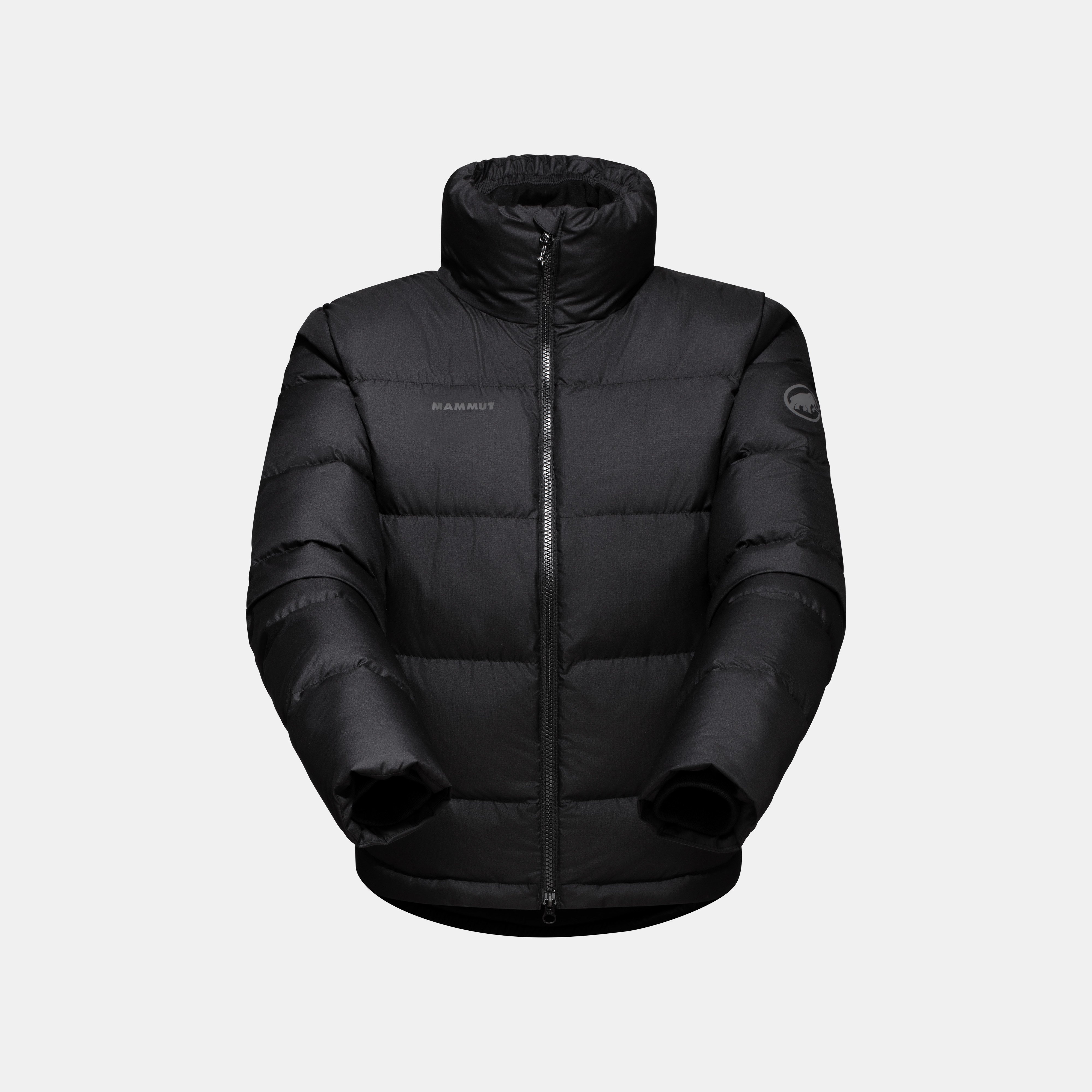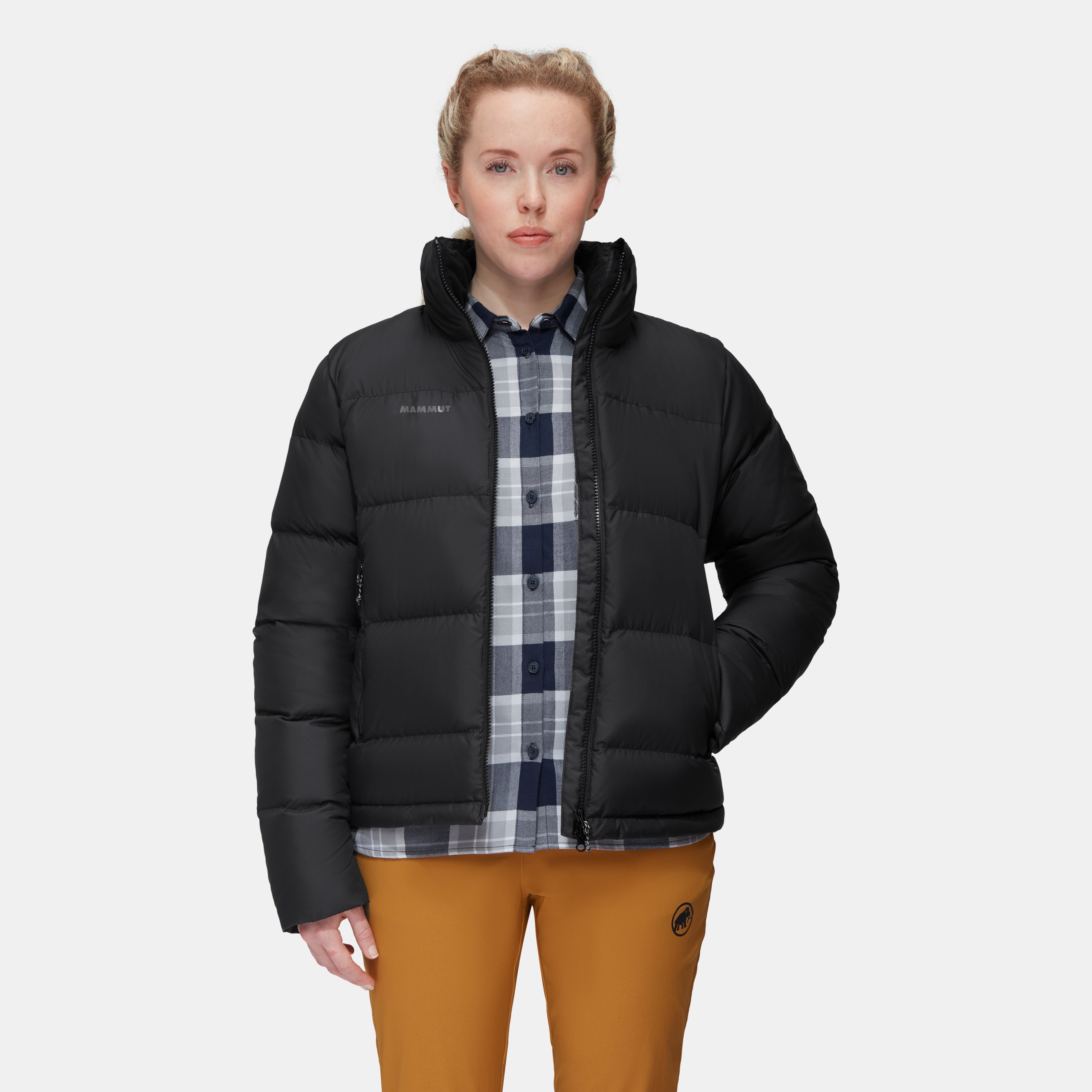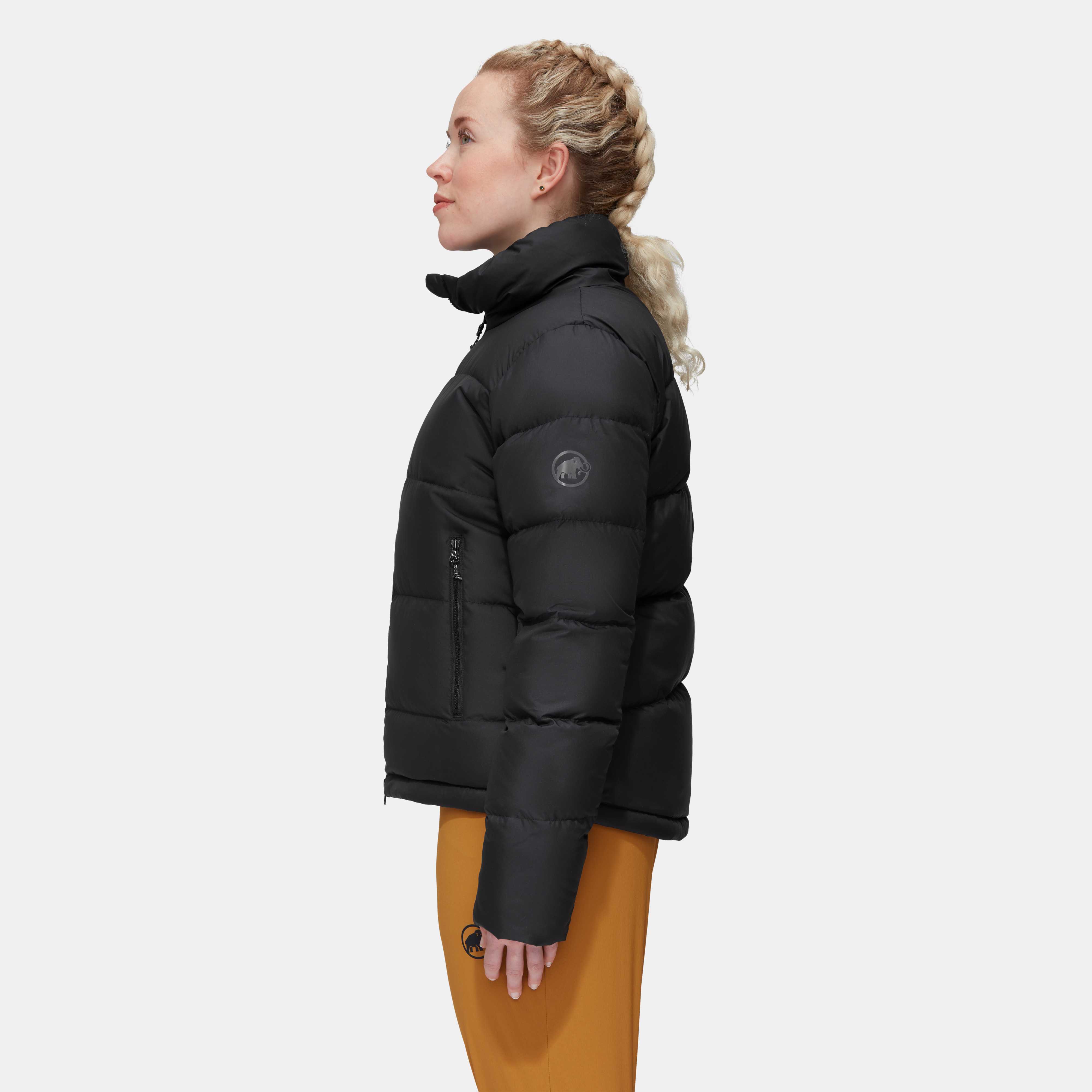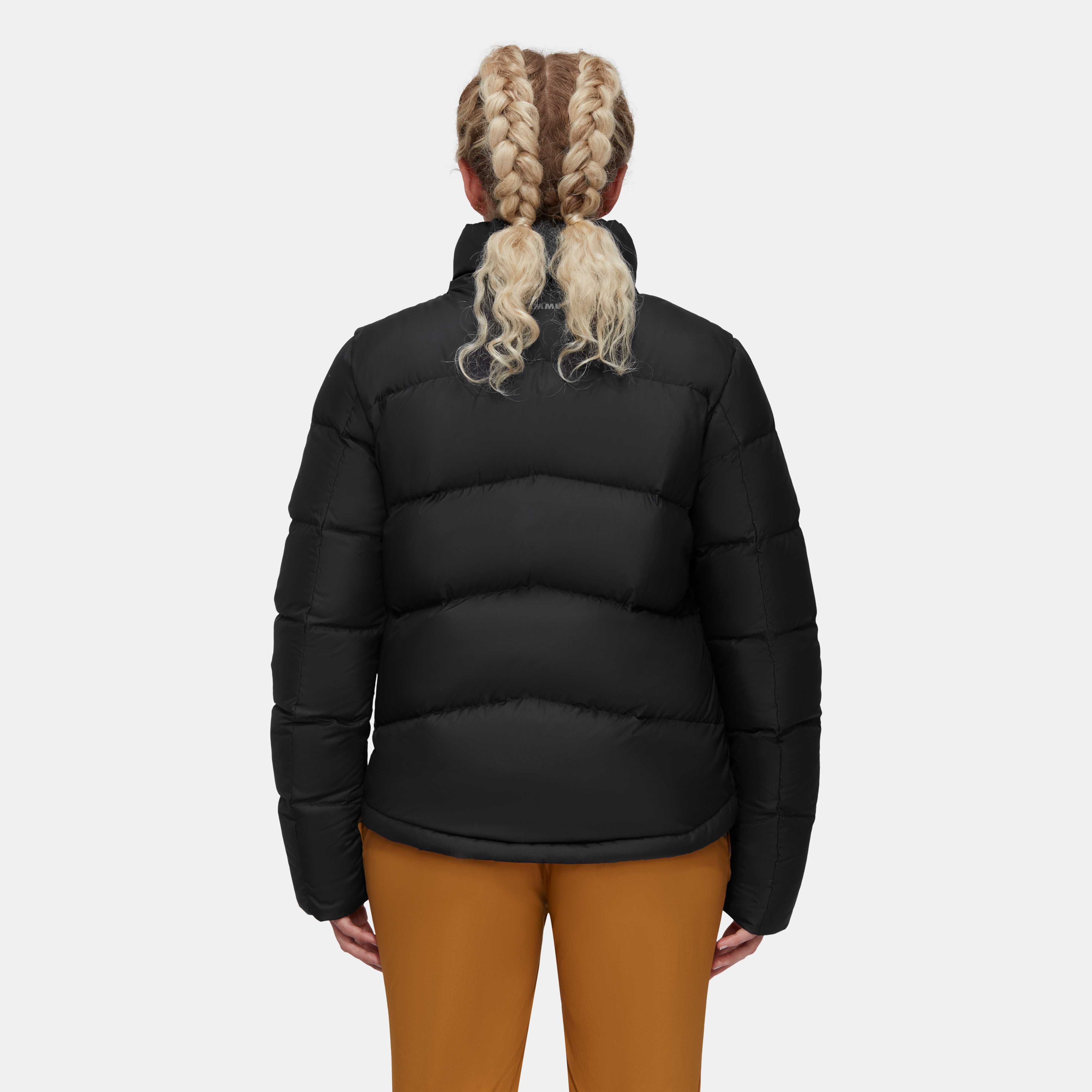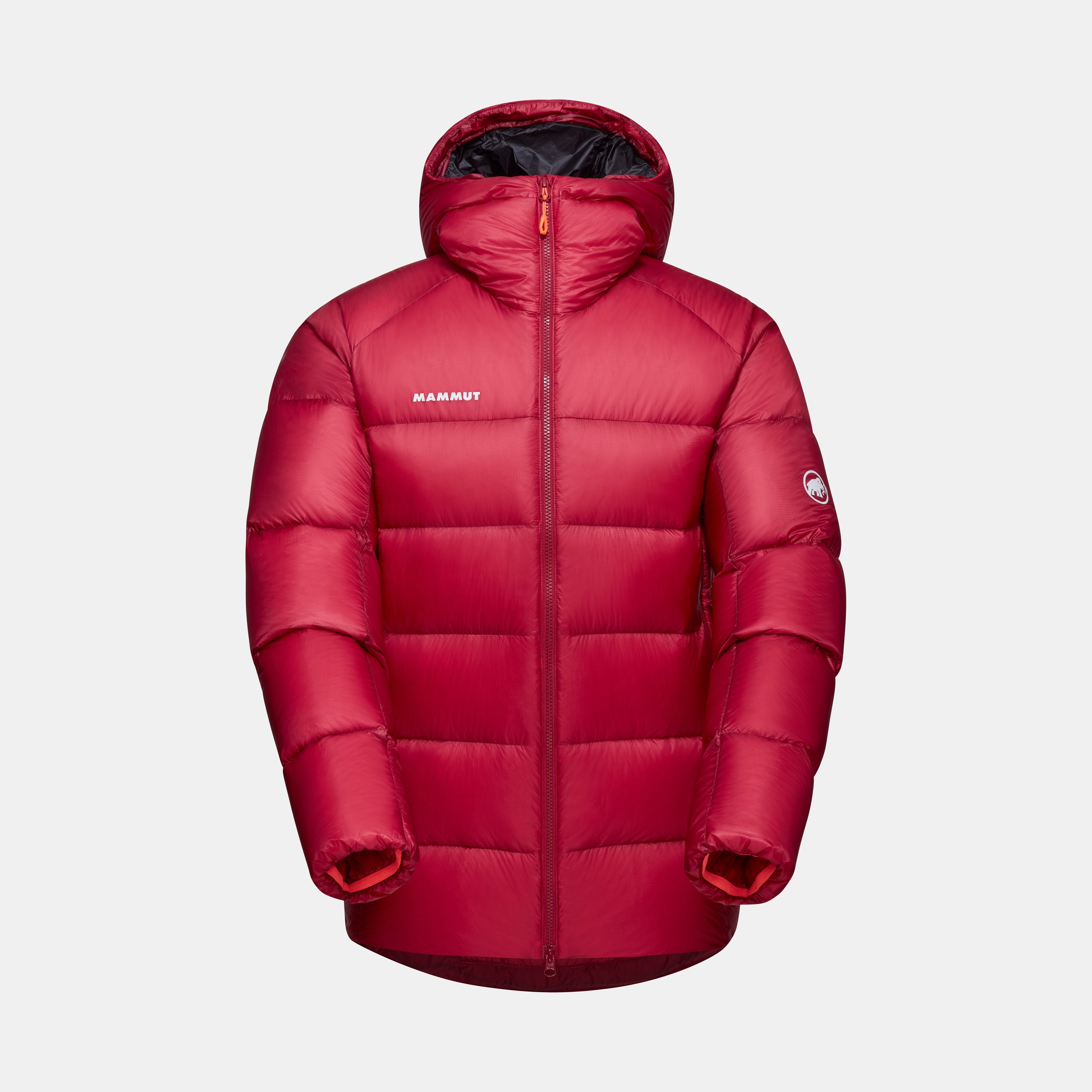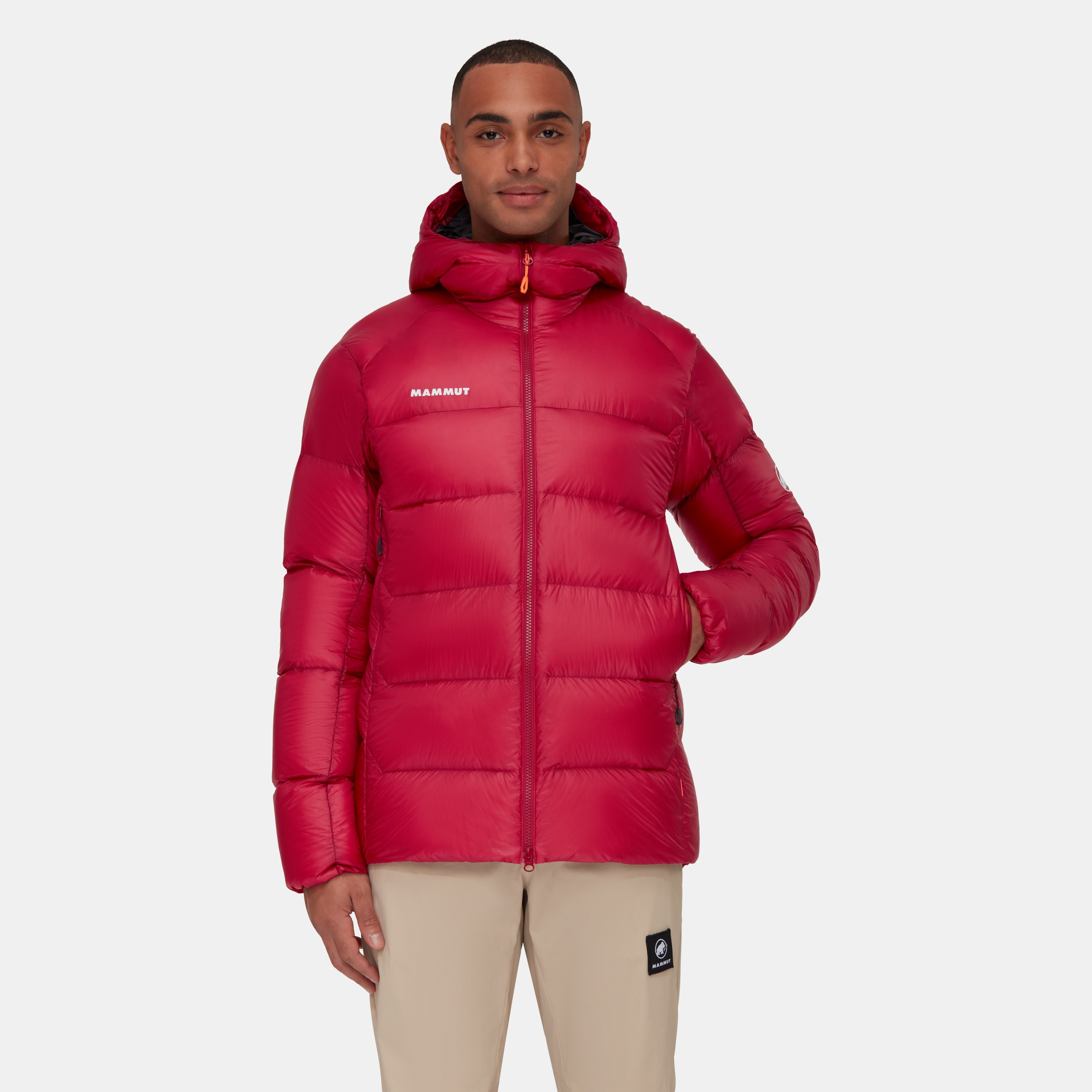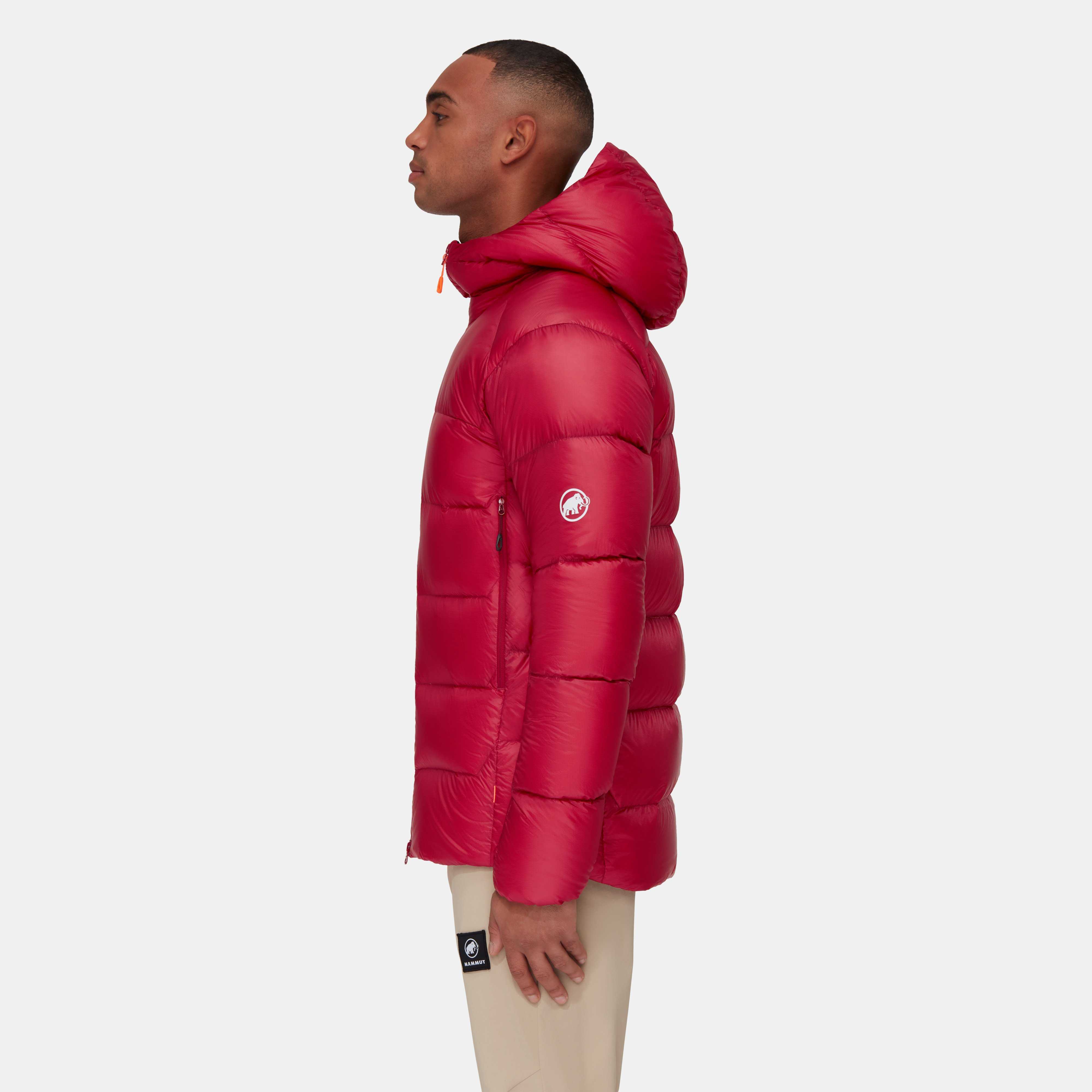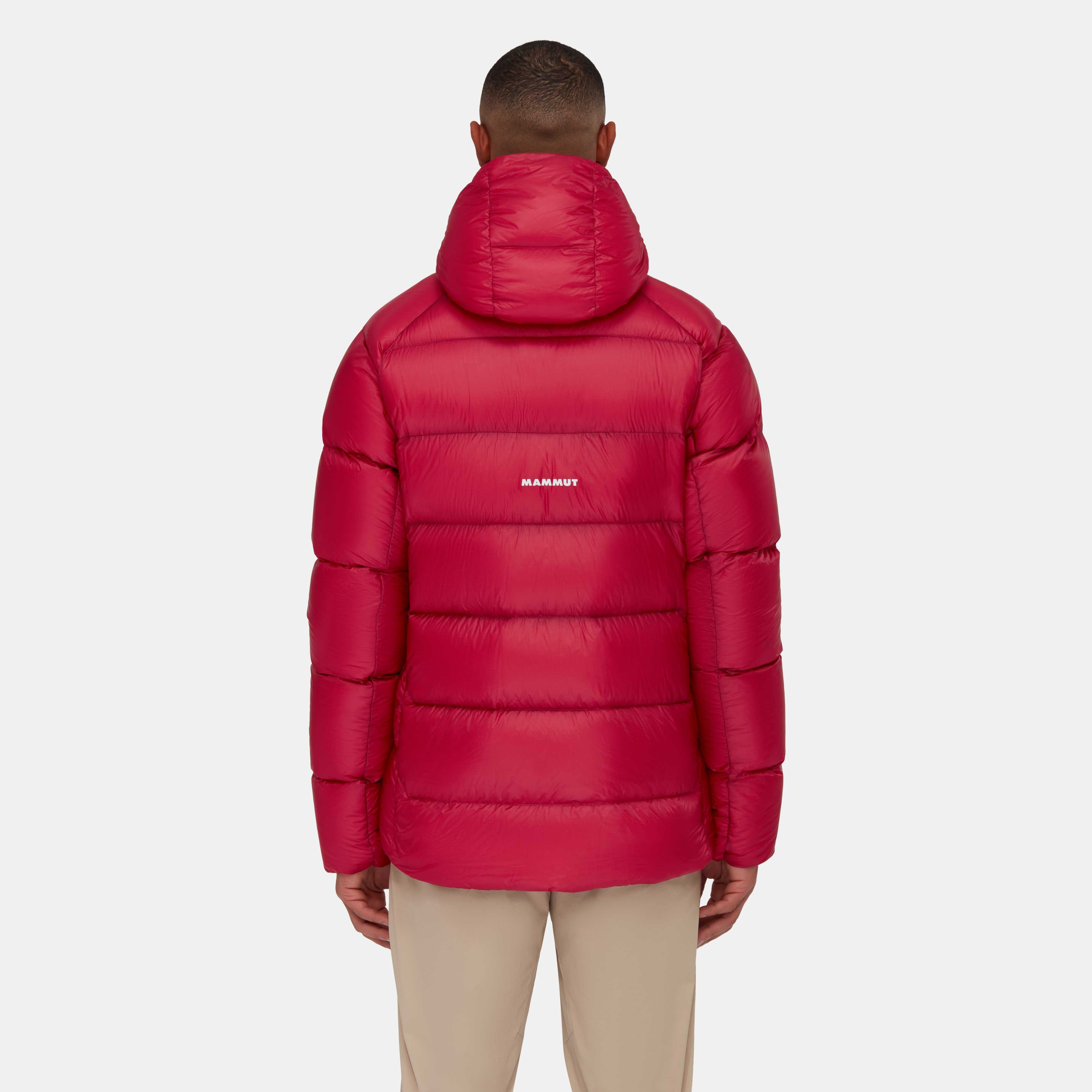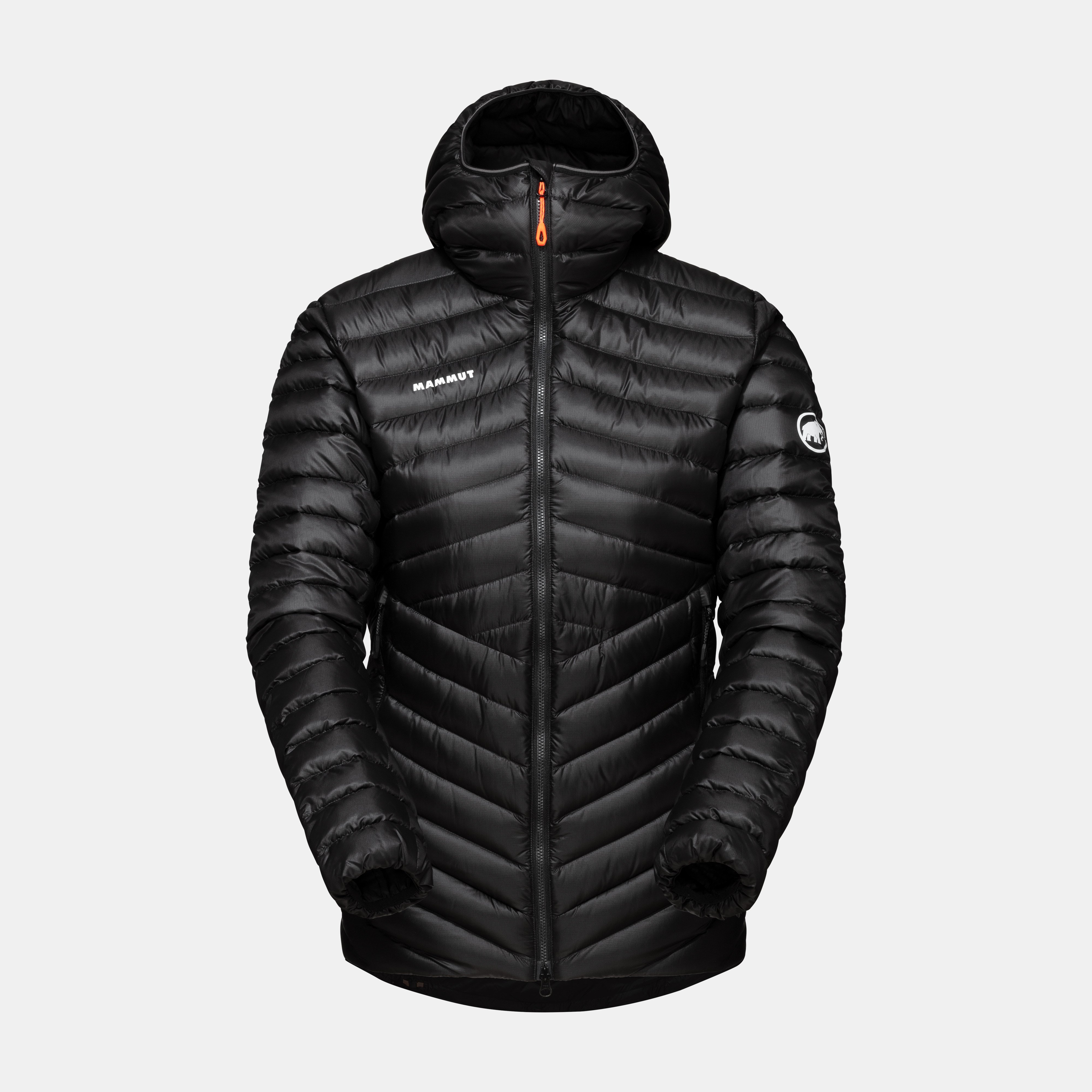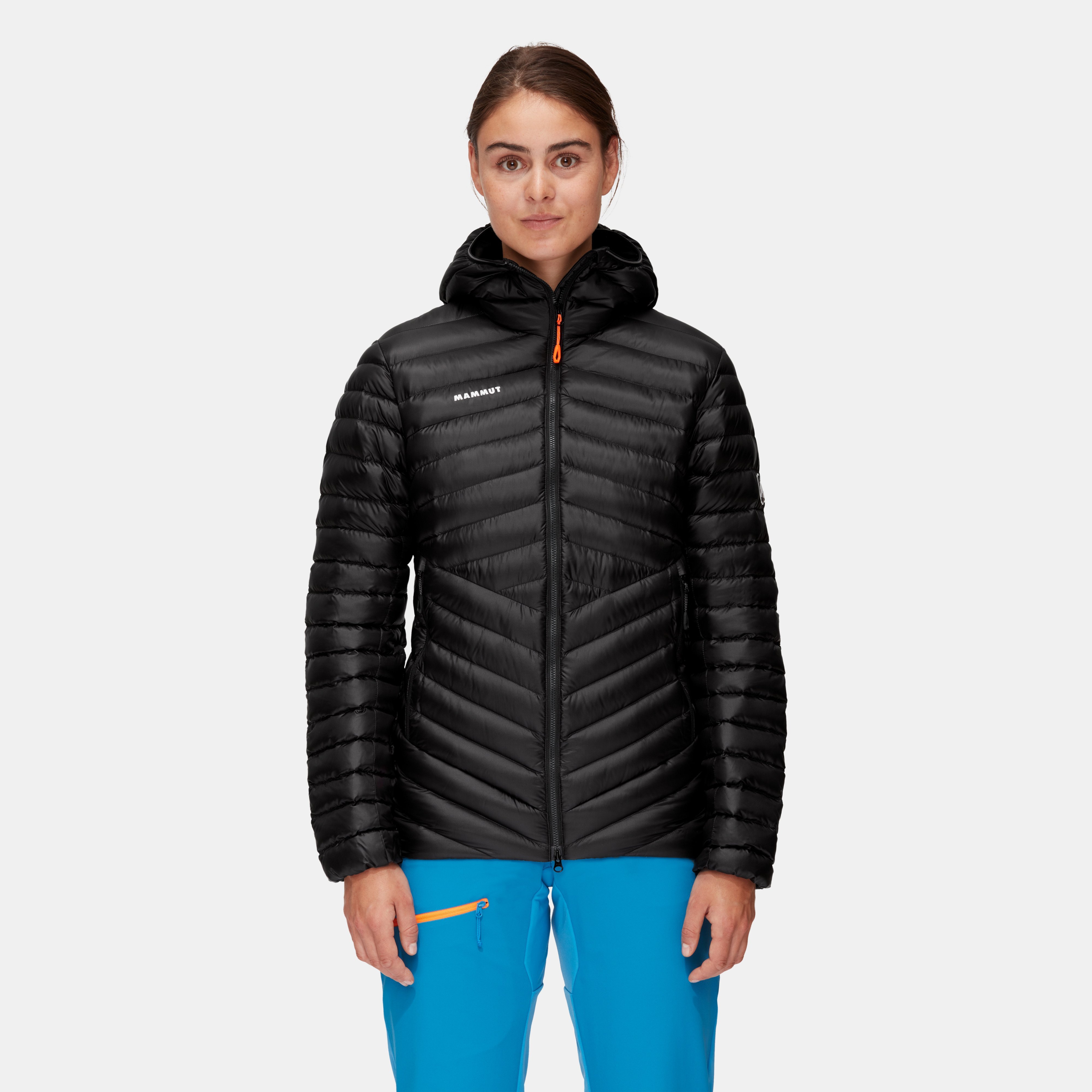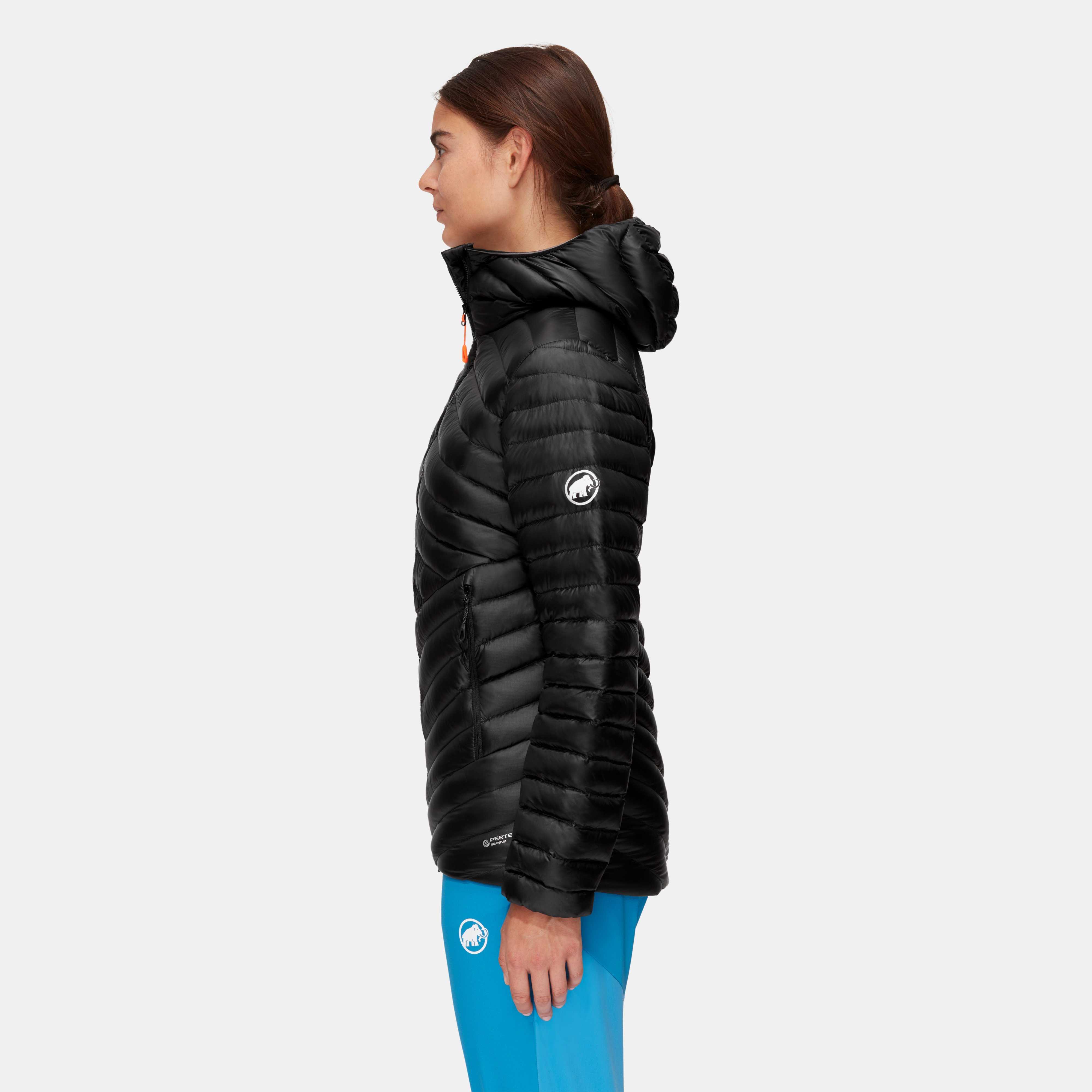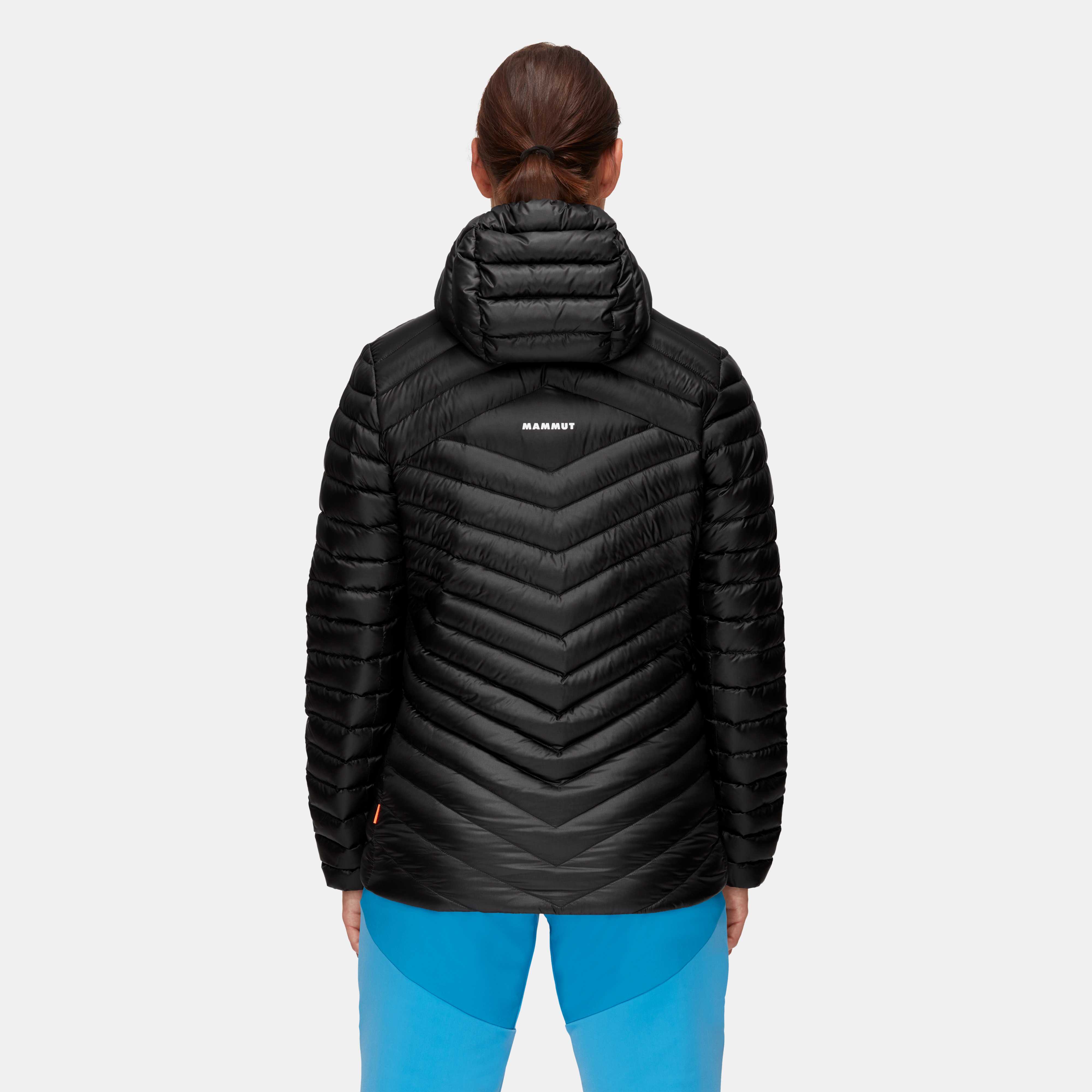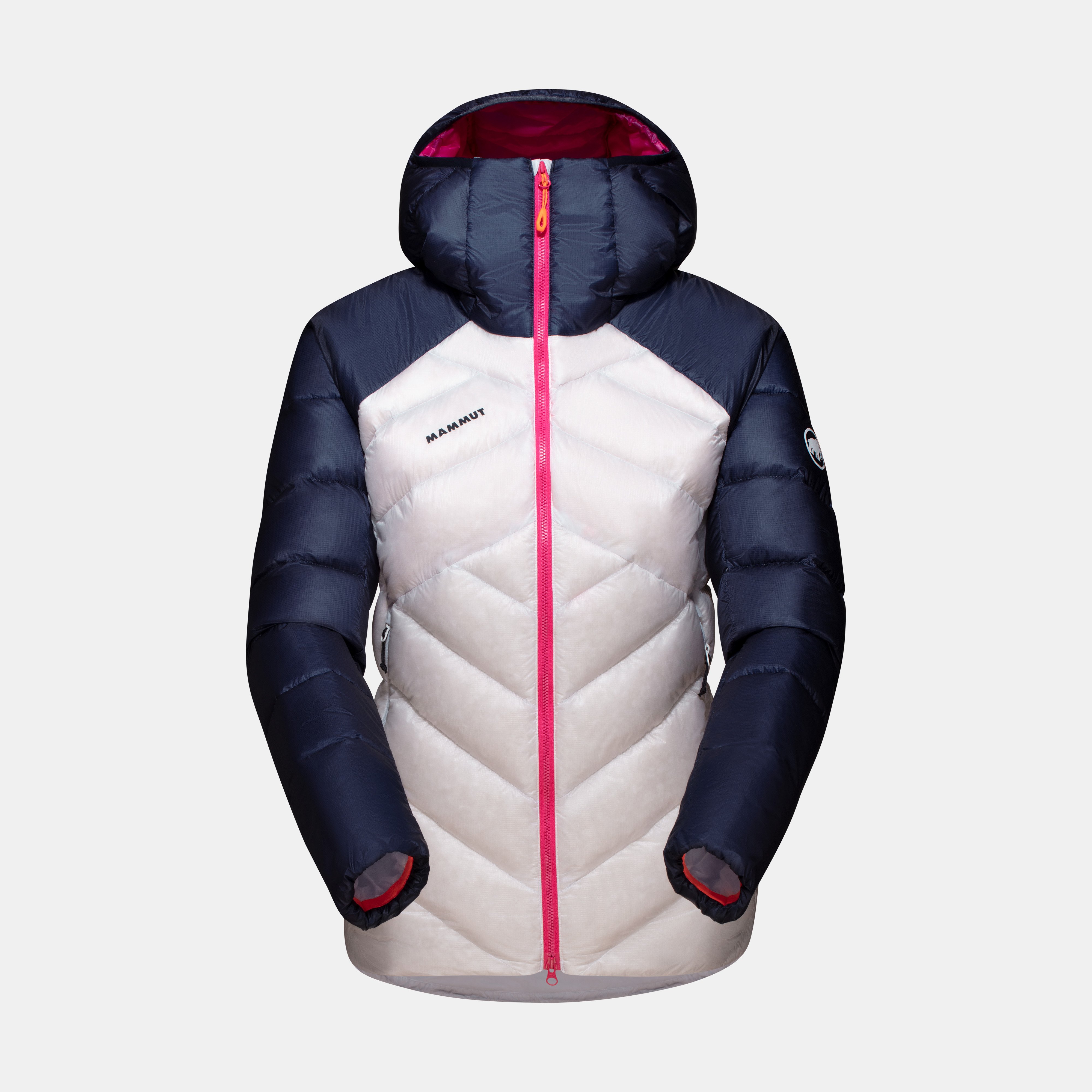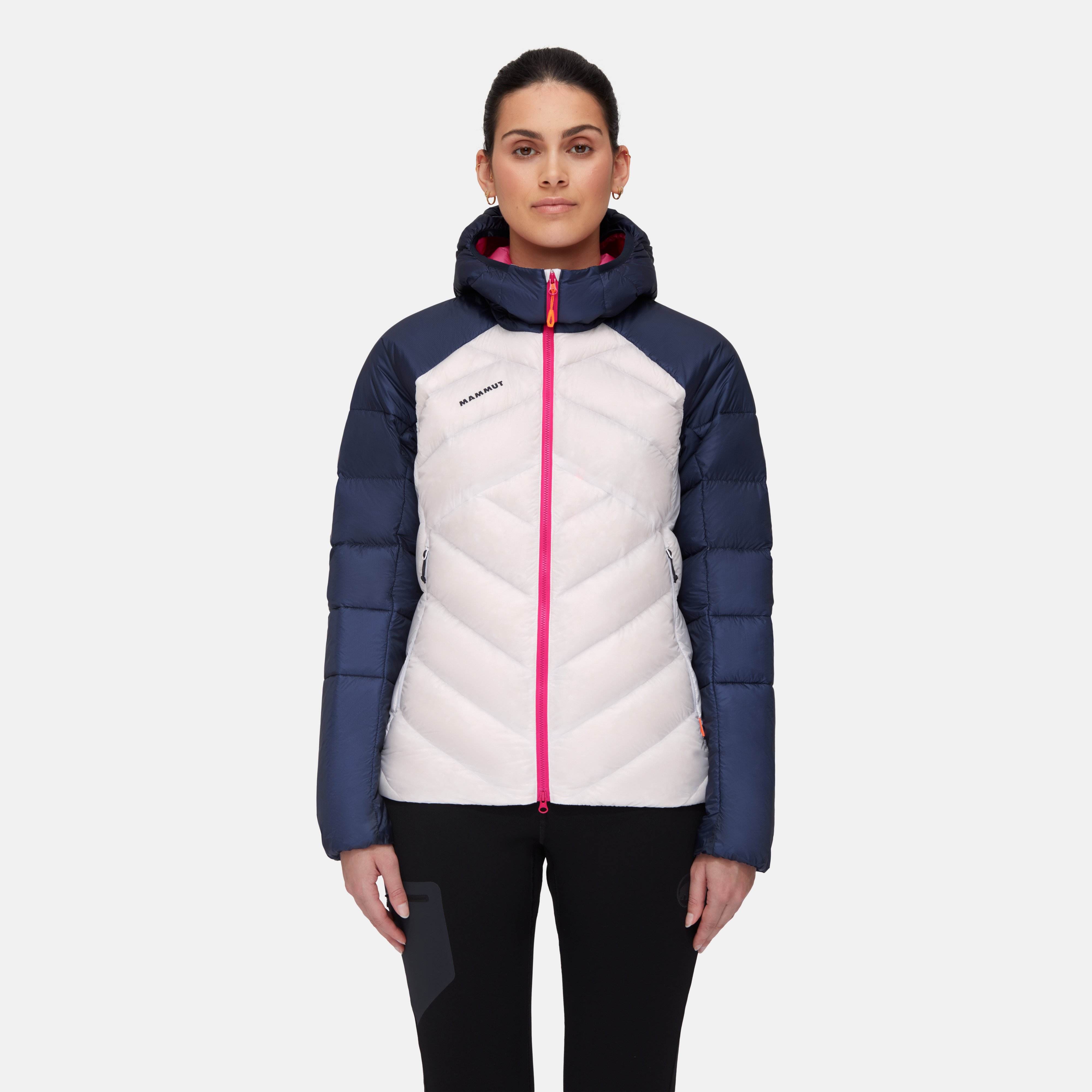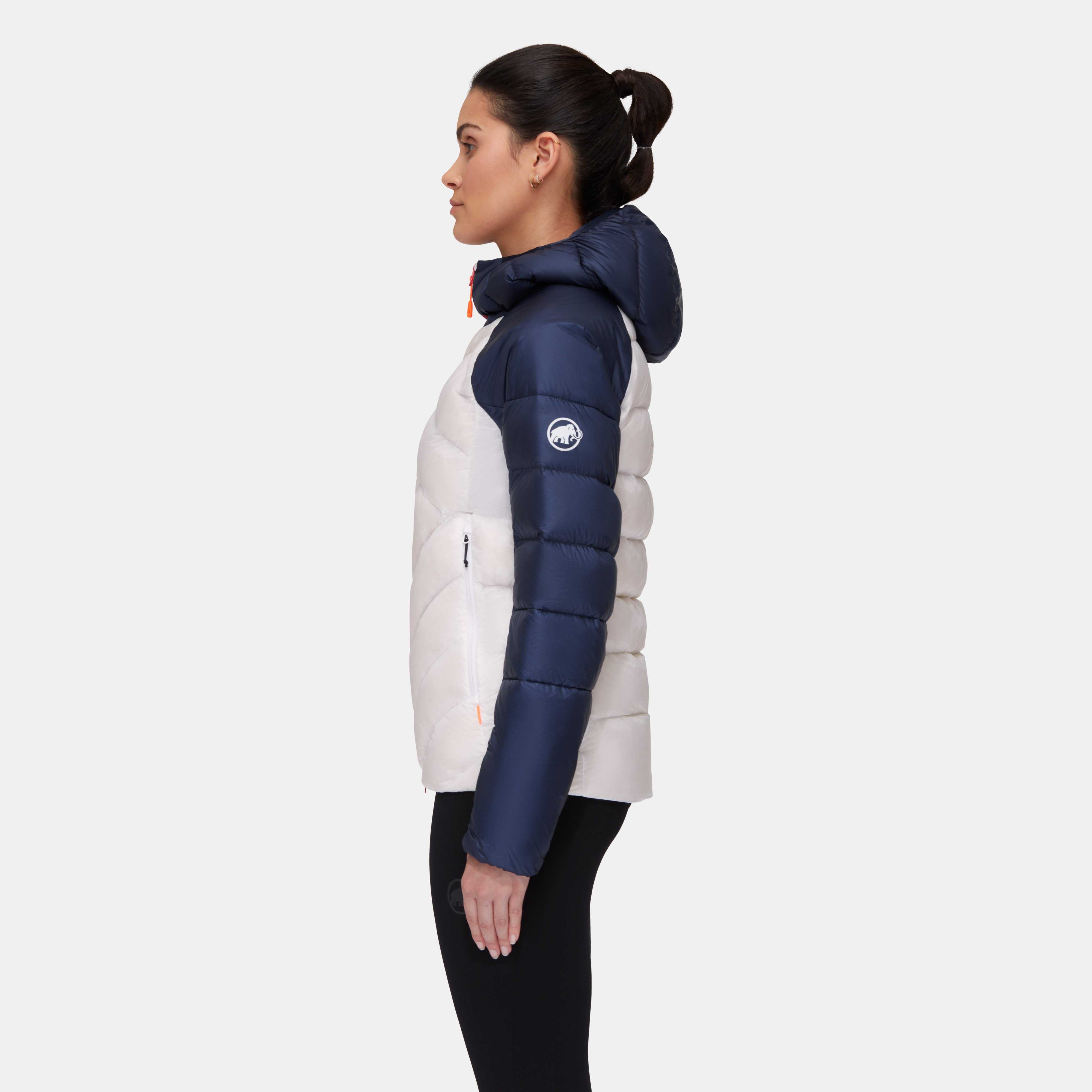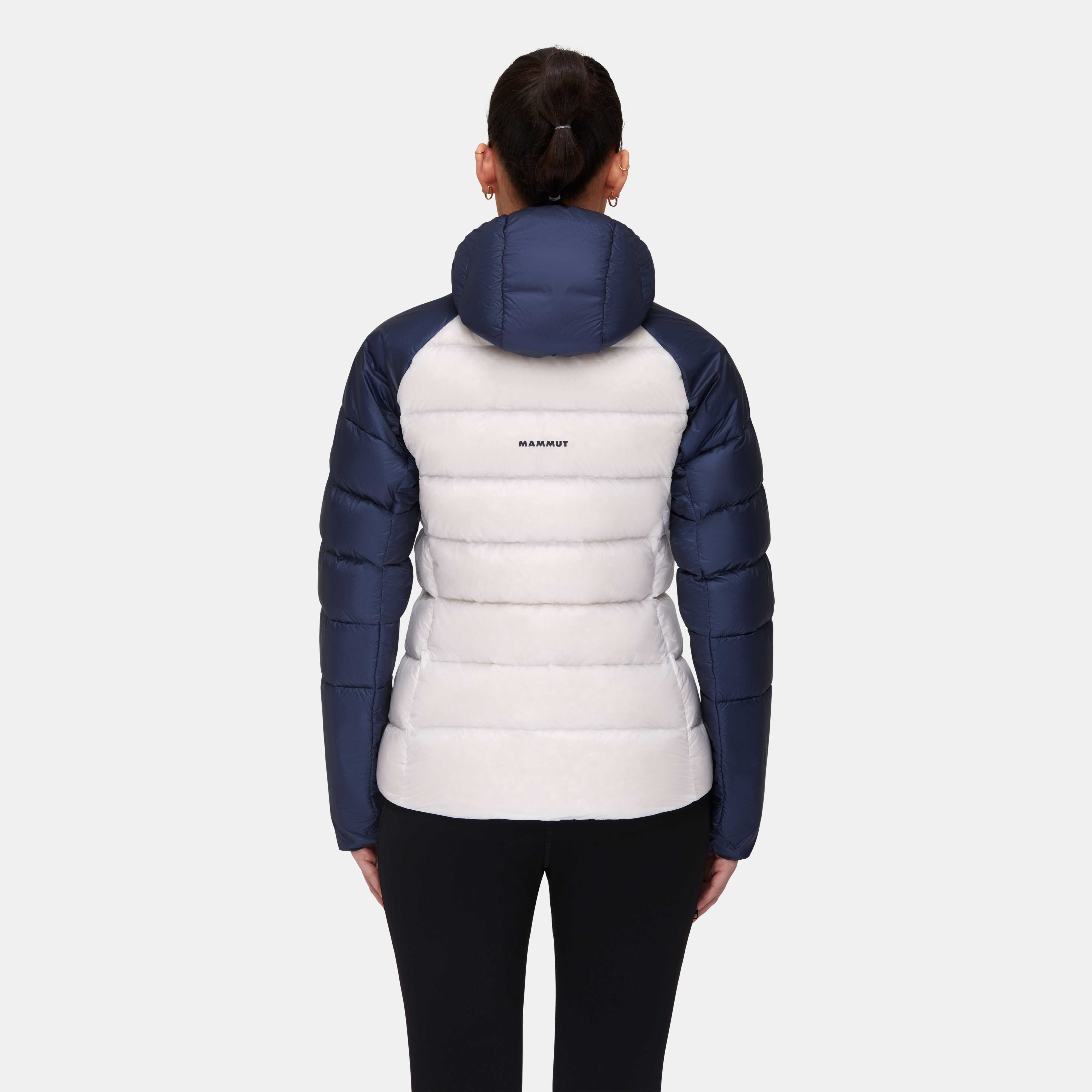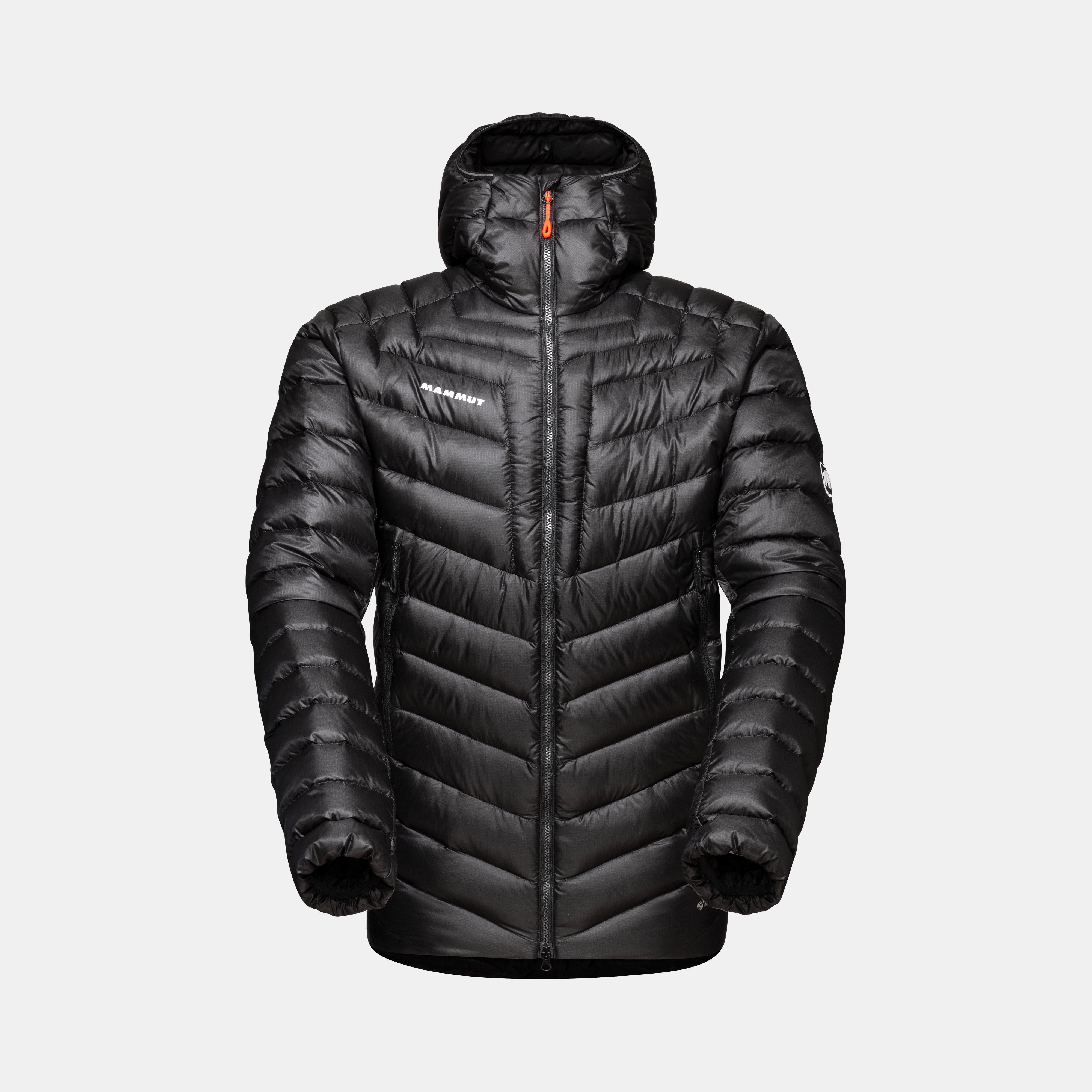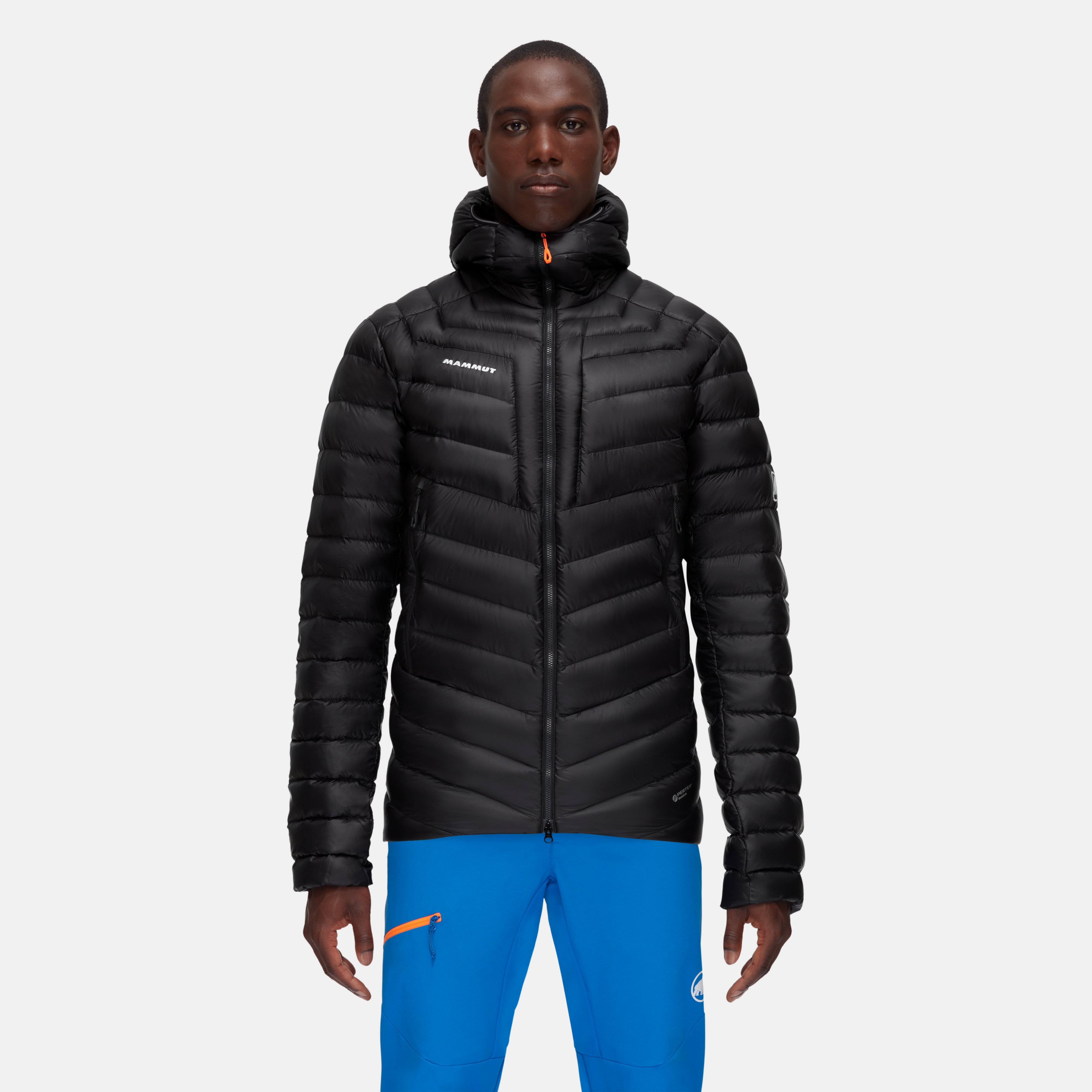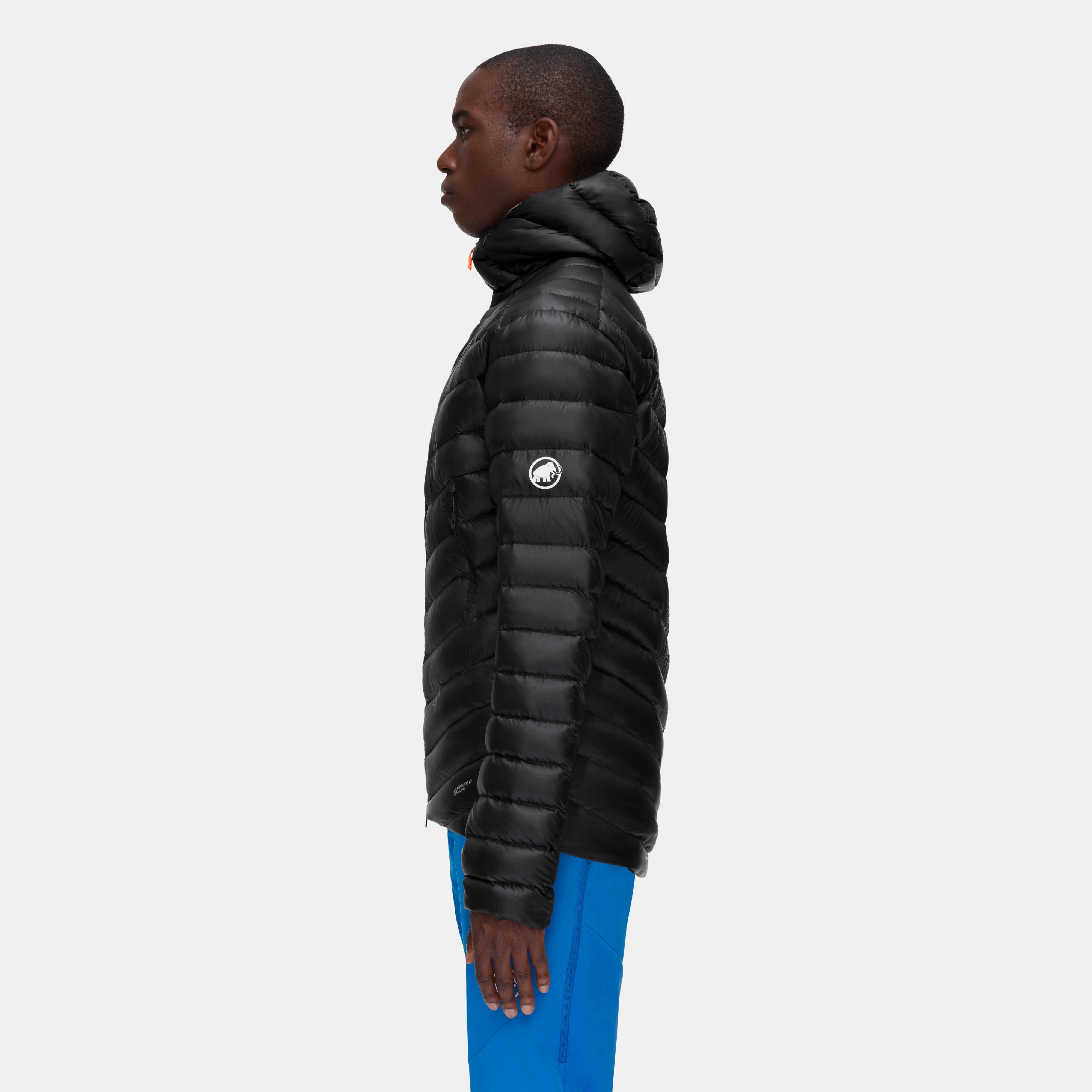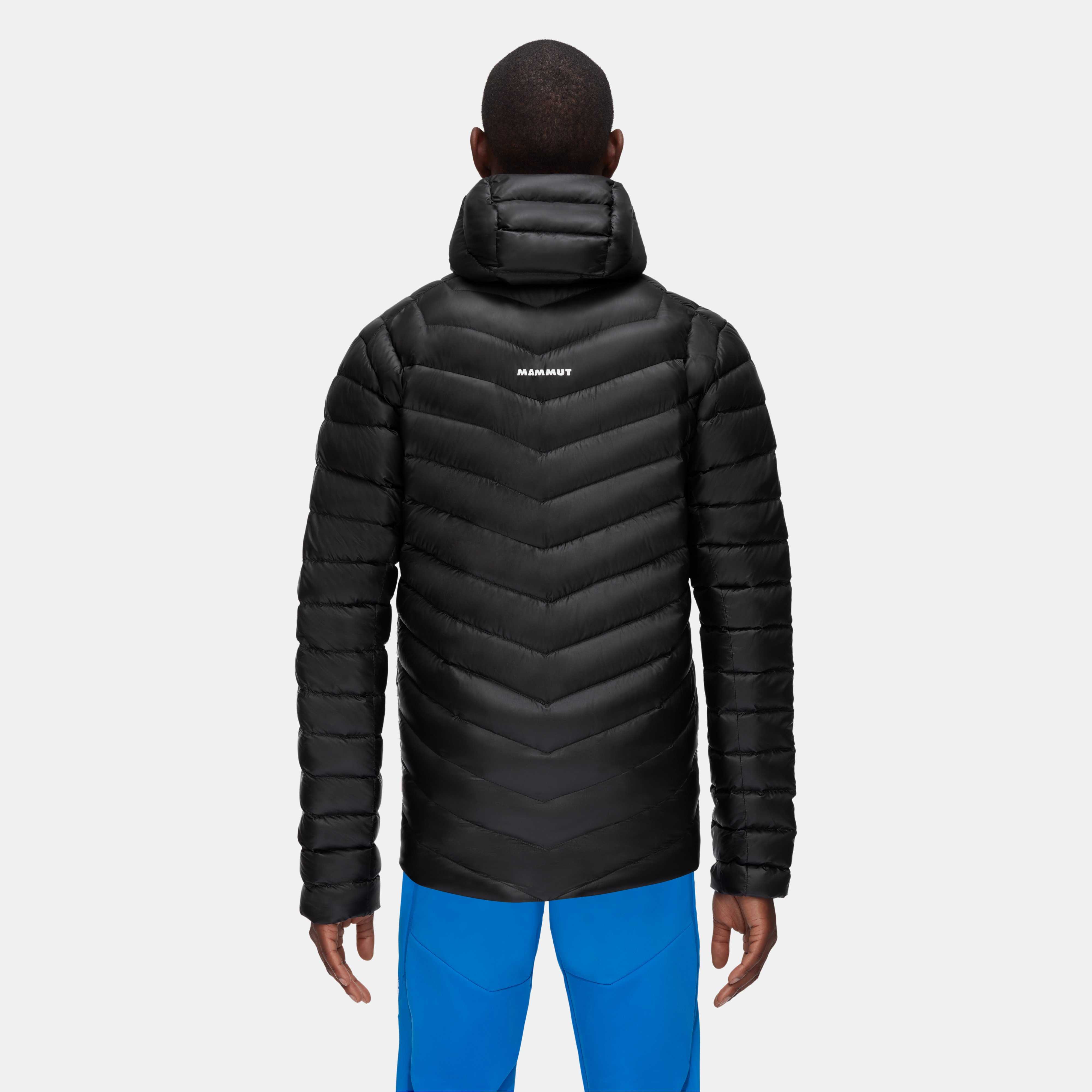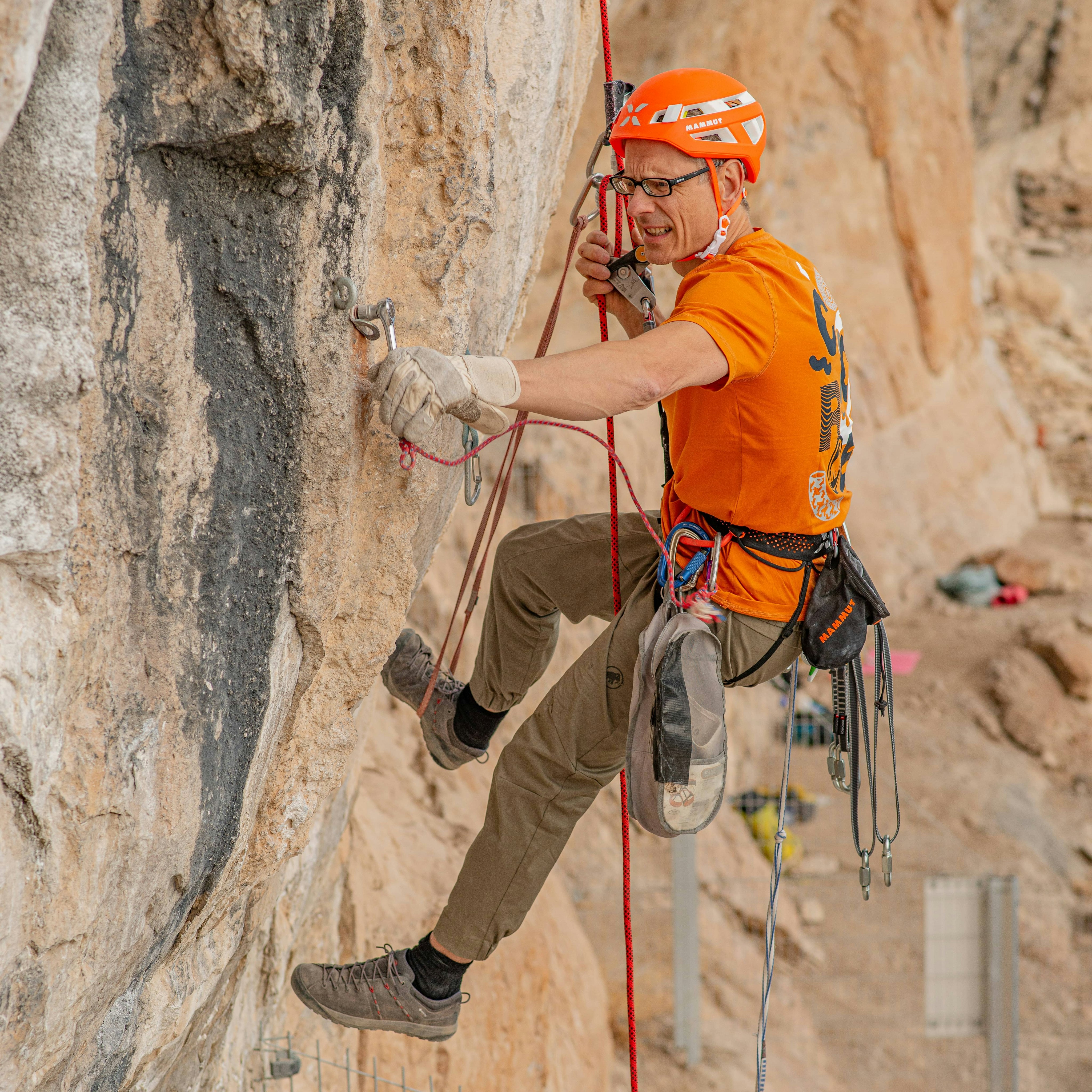Down Insulation: Cuin, Care, and Sustainability Explained
11/22
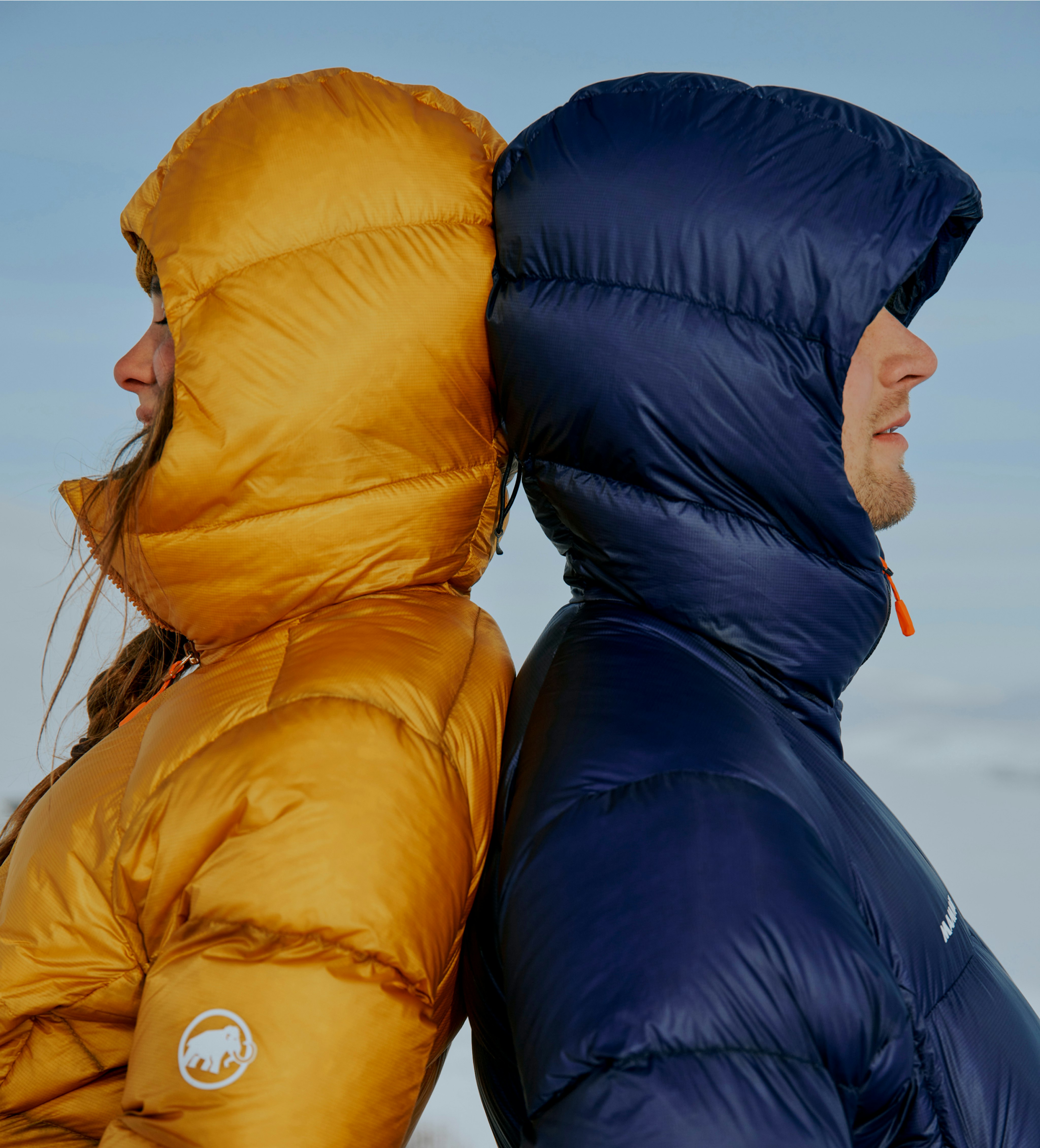
11/22
@Mammut
Mammut
Lando Pföst
Nature's solution for cold climates: What down accomplishes is truly quite exceptional. From humble beginnings to lofty heights, learn what makes this tiny feather tick. Welcome to Down 101.
It happens every year: Summer gives way to fall, and winter follows close behind, bringing bitter temperatures in its wake. No matter whether you’re chasing first tracks in the backcountry, last lifts in resort, or taking a casual winter stroll, it's no secret that spending time in the outdoors across seasons is all about proper layering. And when it comes to staying warm, there’s no better ally than down.
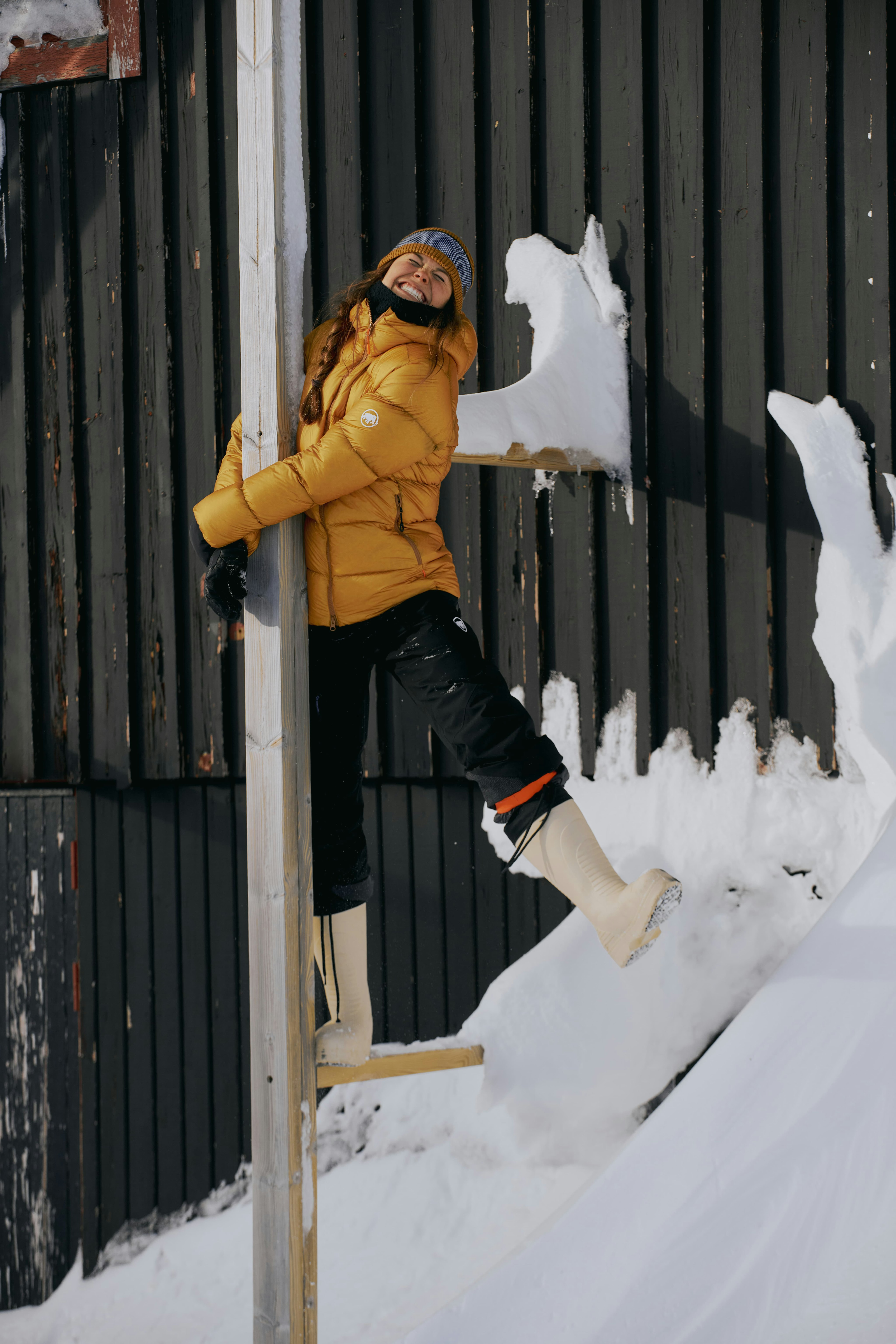
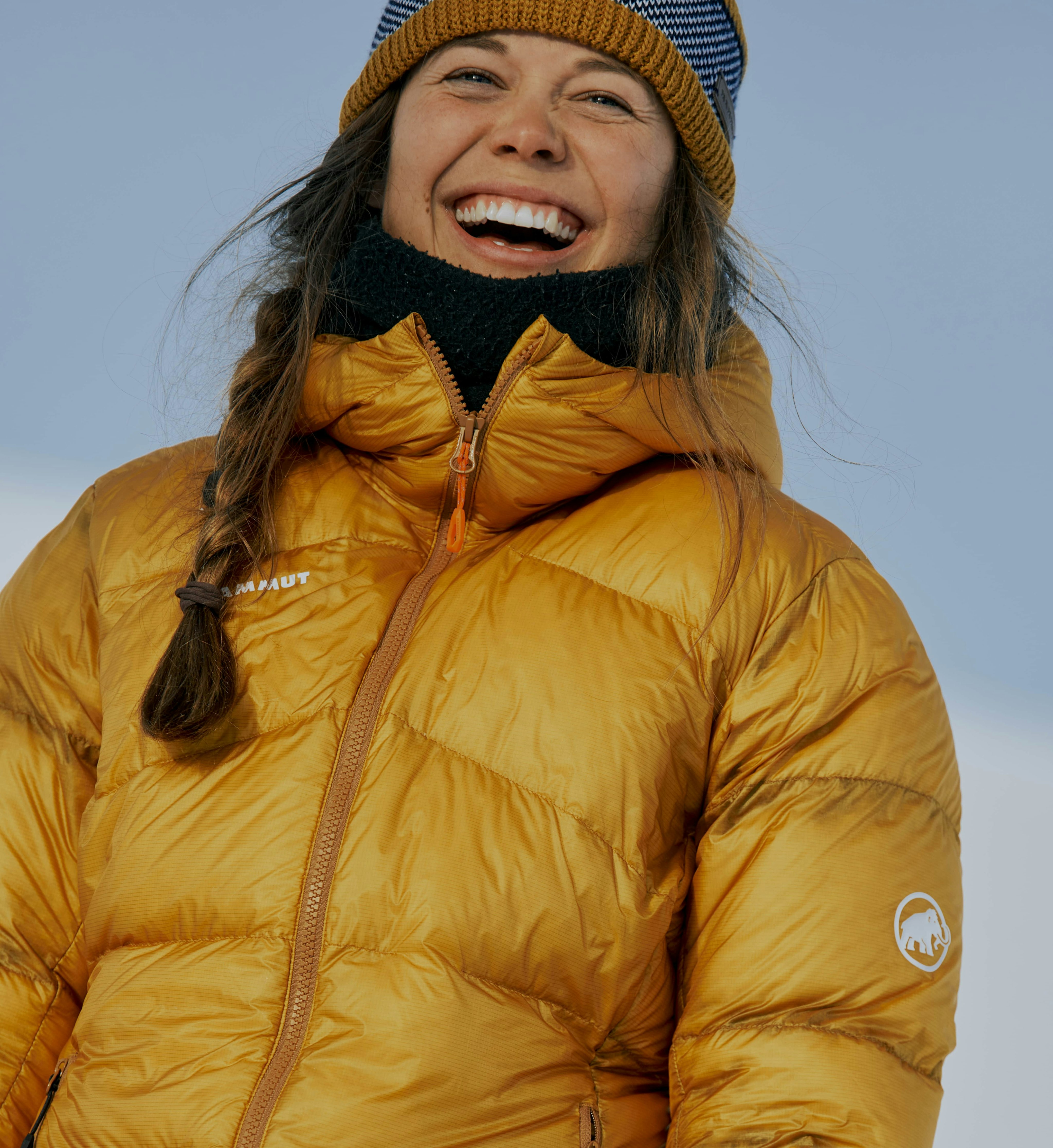
The insulating properties of down
What do you see when you hear the word "feather"? It most likely isn’t soft and fluffy down. Classic feathers are called contour feathers. They are long, flat, and relatively stiff. Down feathers, on the other hand, are found on the underside of the bird’s body and have a short shaft with soft, long barbs that stick out in all directions. This forms a unique three-dimensional framework with fine structures in which air is stored. The result is an insulating cushion that both keeps out the cold and traps heat generated by the body.
The first down jacket
If you trace the down jacket back in time, you’ll reach one simple and consistent origin story: outdoor enthusiast Eddie Bauer – owner of the clothing label of the same name – narrowly escaped death by hypothermia during a winter fishing trip near Seattle in 1936. Familiar with the usefulness of feathers, Bauer already used down as a lure for fly fishing, and the goose feather shuttlecock was among his first patents. After his experience in the wilderness, however, Bauer also became the first person to use down in clothing for the purpose of insulation – and thus the down jacket was born. To prevent the filling from collecting at the bottom of the jacket, the American also designed the down chambers that are still used today.
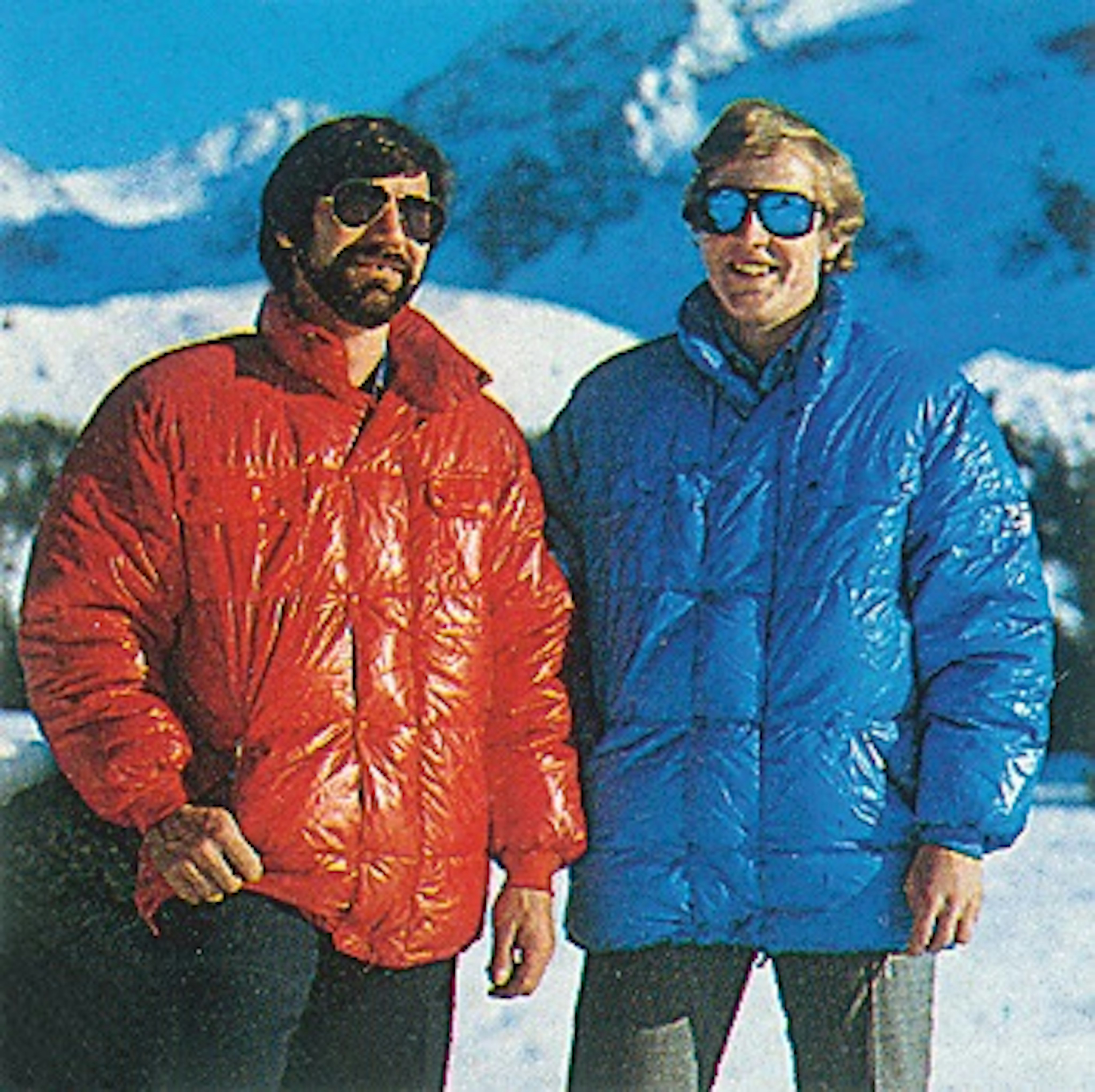
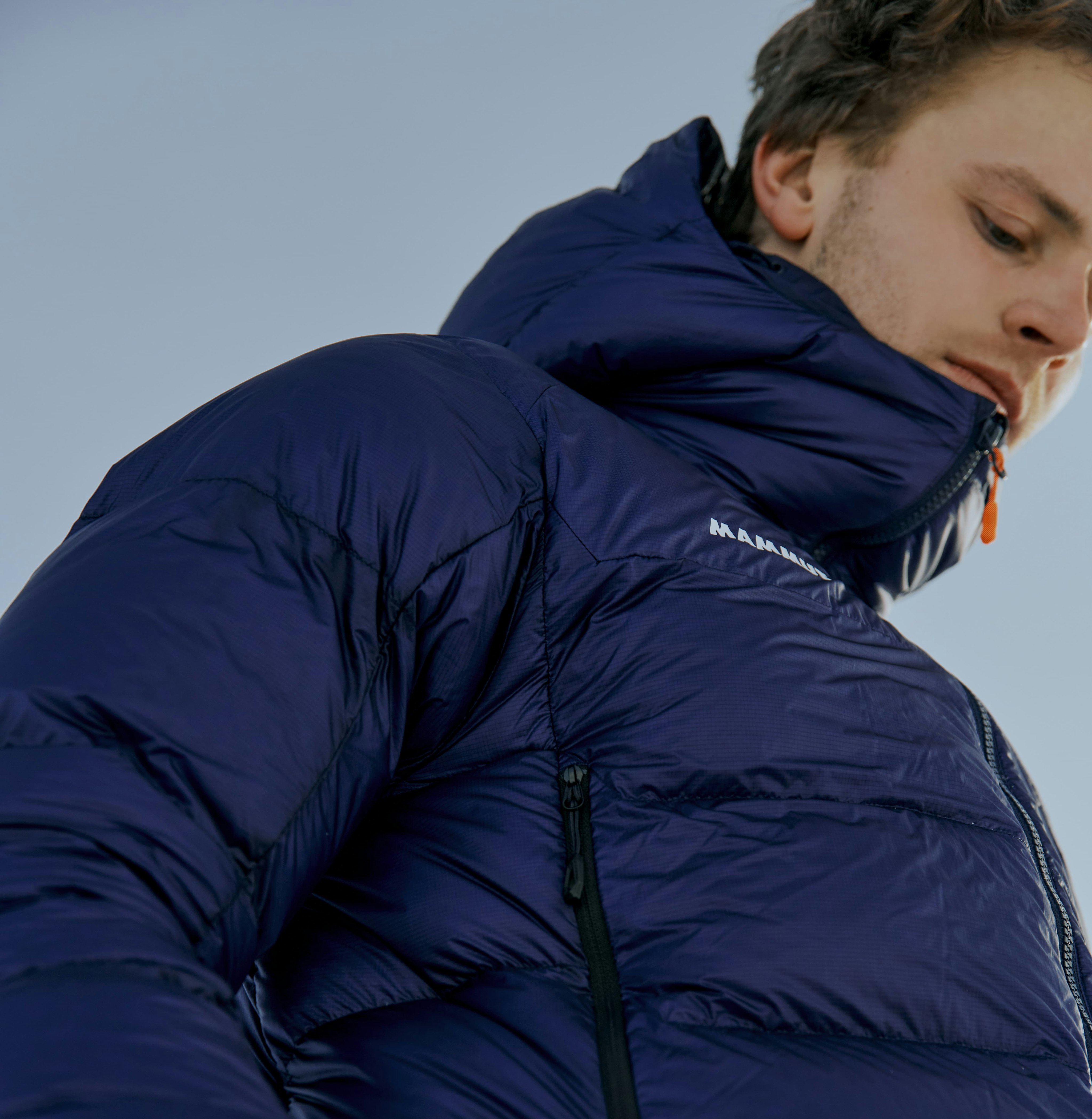
"The higher the fill power, the more air a single down feather can store"
Weight, temperature and cuin
Why did Eddie Bauer choose down all those years ago? One reason is it’s incredibly low weight. Another is its equally stable and elastic nature. If you scrunch a down feather in your fist and reopen it, the feather will return to its original shape. It is this capacity that's behind the concept of “fill power”, which is also measured in cuin, or “cubic inches per ounce”, referring to the volume at any given weight. When it comes to cuin, a higher value indicates a higher fill power. The higher the fill power, the more air a single down feather can store, and thus the higher the thermal capacity and warmth. This air volume is also the amount by which you can compress, for example, a jacket or sleeping bag when packing. For down outdoor products, this value ranges between 400 and 1000 – the higher the value, the higher the quality (or performance) of the down.
For example:
Take two down jackets, both with a total weight of 450 grams. The one with 900 cuin will keep you warmer than the one with 600. Why? Because its down is bulkier, allowing it to trap more air which your body can heat.
Looking at this differently, you could also say that between two down jackets that keep you equally warm, the one with 900 cuin is lighter than the 600 cuin one, because it requires fewer grams of fill for the same level of insulation.
In short, down is extremely lightweight, highly insulating, and impressively compressible. Hats off to nature.

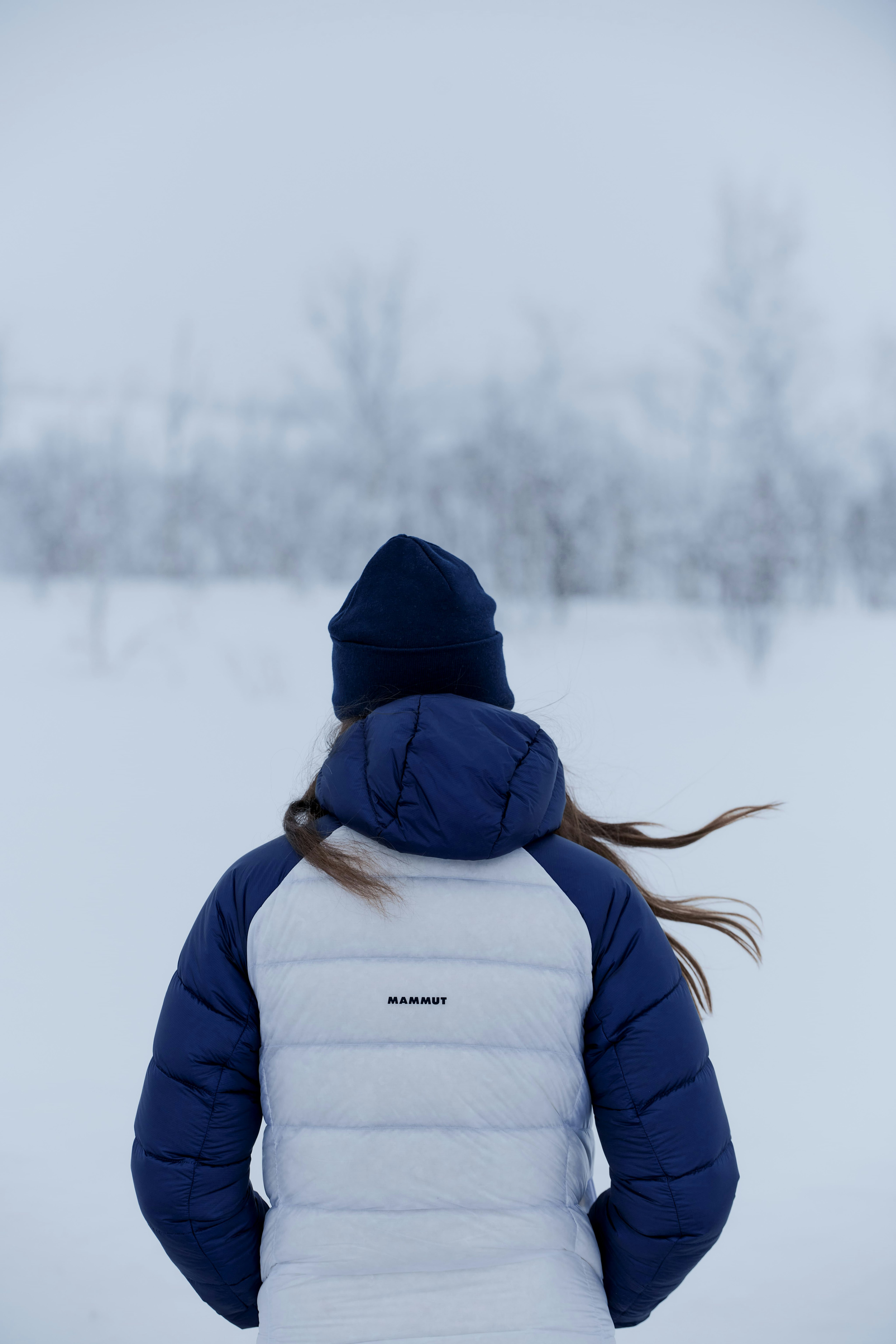
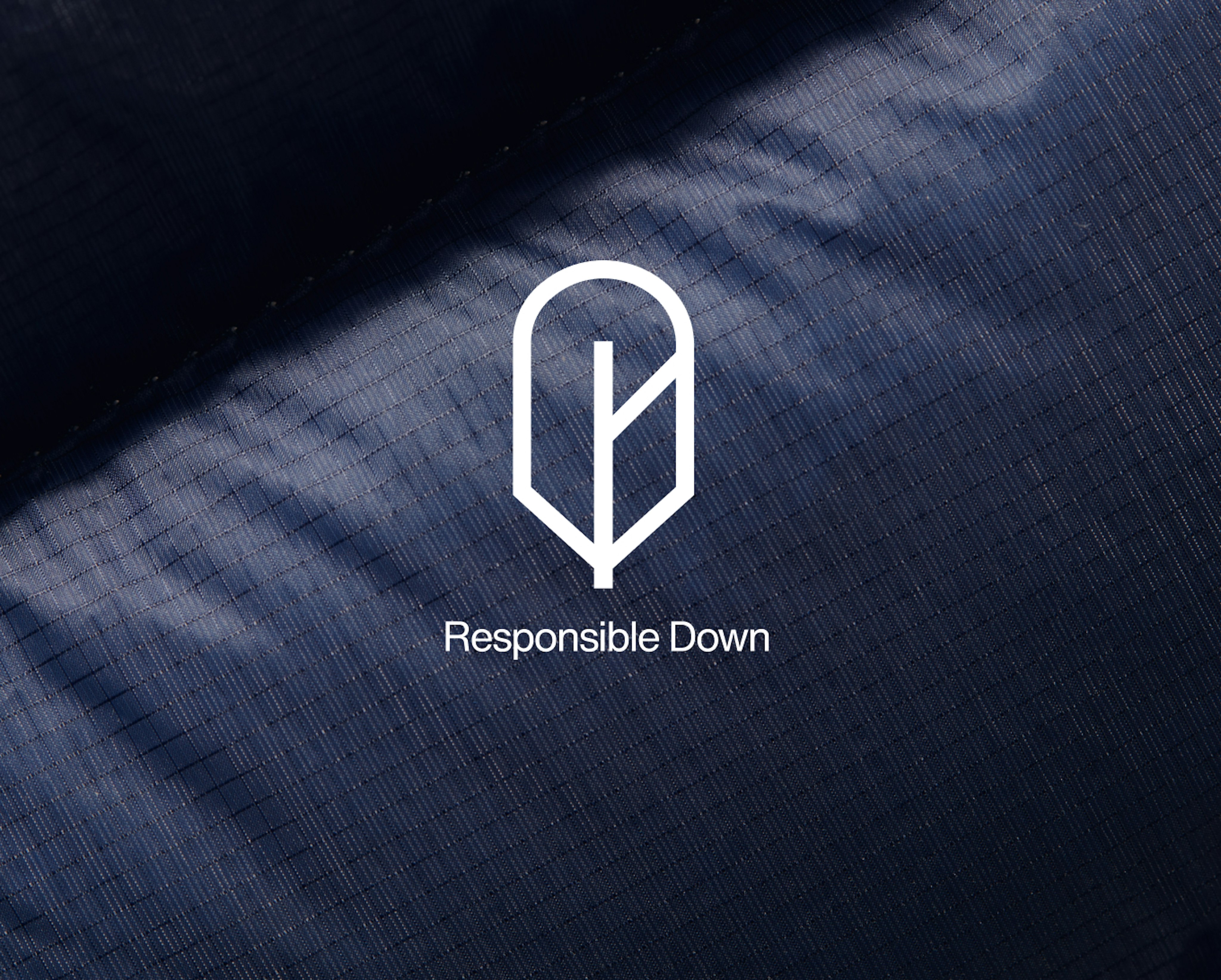
Production
Only birds have down. For outdoor products, either duck or goose down is used. As goose down is larger, it is more effective insulation and often considered the highest quality feather available. For far too long, the practice of live plucking was commonly used to obtain down. More recently, this practice has come under heavy criticism from animal welfare organizations and is increasingly banned by law. The market share of down obtained by live plucking is now estimated at around 3-7%. Stuffing – another practice referring to force-feeding with the aim of accelerated growth of birds – now remains legal only in France, Spain, Hungary, Bulgaria, and parts of Belgium. These are two big steps in the right direction.
Seal of approval
When buying down products, always look for certifications that prove the animals were raised in an appropriate manner and were not live-plucked. There are several reliable standards with particularly strict guidelines, which help consumers make conscious decisions about down purchases:
Global TDS (Global Traceable Down Standard)
The same, of course, applies to us as a manufacturer, which is why we only source RDS-certified down. This seal guarantees the complete traceability of the entire production chain.
"Both sleeping bags are designed for temperatures as low as -18°C. However, the down sleeping bag achieves this at almost half the weight"
Genetic vs. synthetic
Compared to synthetic fibers, down filling insulates better, is lighter, and can be packed down smaller. Fact. This becomes readily apparent when comparing two of our sleeping bags:
Down fill -18°C sleeping bag : 950g, approx. 20L packing volume
Synthetic fill -18°C sleeping bag : 1770g, approx. 25L packing volume
Both sleeping bags are designed for temperatures as low as -18°C. However, the down sleeping bag achieves this at almost half the weight and nearly a fifth less volume. Of course, synthetic filling offers other advantages: it is cheaper, easier to care for, is not an animal product, and famously continues to insulate when wet. In terms of performance, this last point is the clear drawback of down.
Care for your feathers
Down products thrive with a little TLC. Give back to your outdoor gear by remembering these three steps:
1. Enjoy your gear and all the opportunities it affords.
2. Let it breathe. When not in use, it is best to hang your down products in a dry, well- ventilated place. The pack sack is only designed for travel.
3. Save washes for gear that is dirty, sweaty, or no longer providing proper insulation due to clumped down. Less is more.
Finally, to ensure your down is with you for the long run, check out the care tips from our experts.
